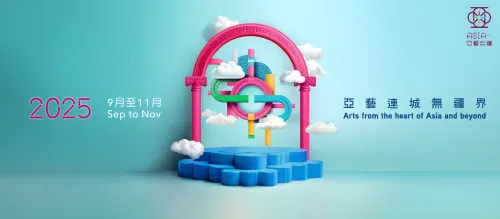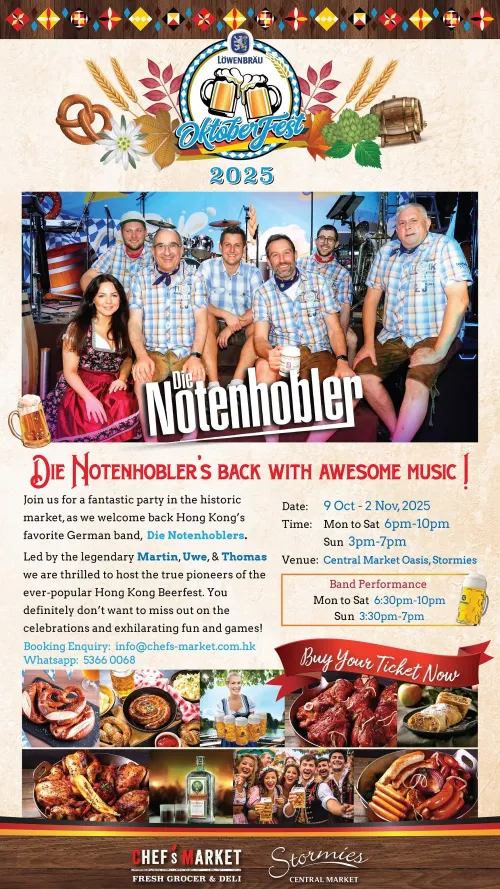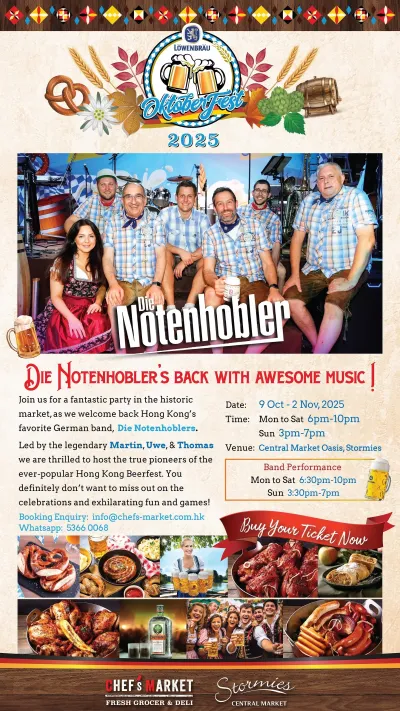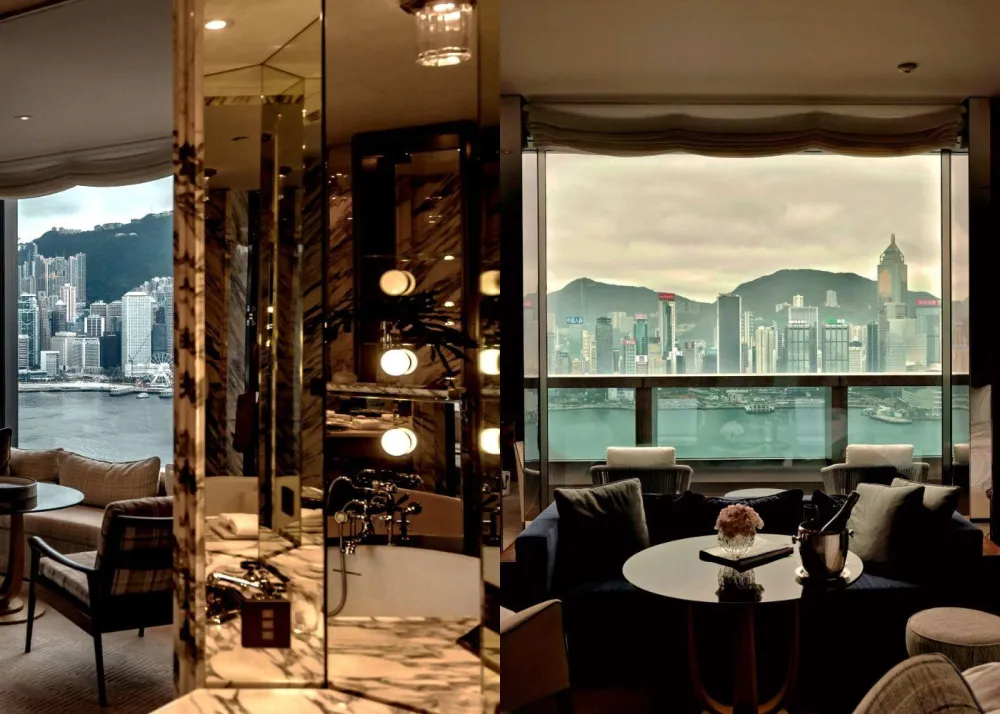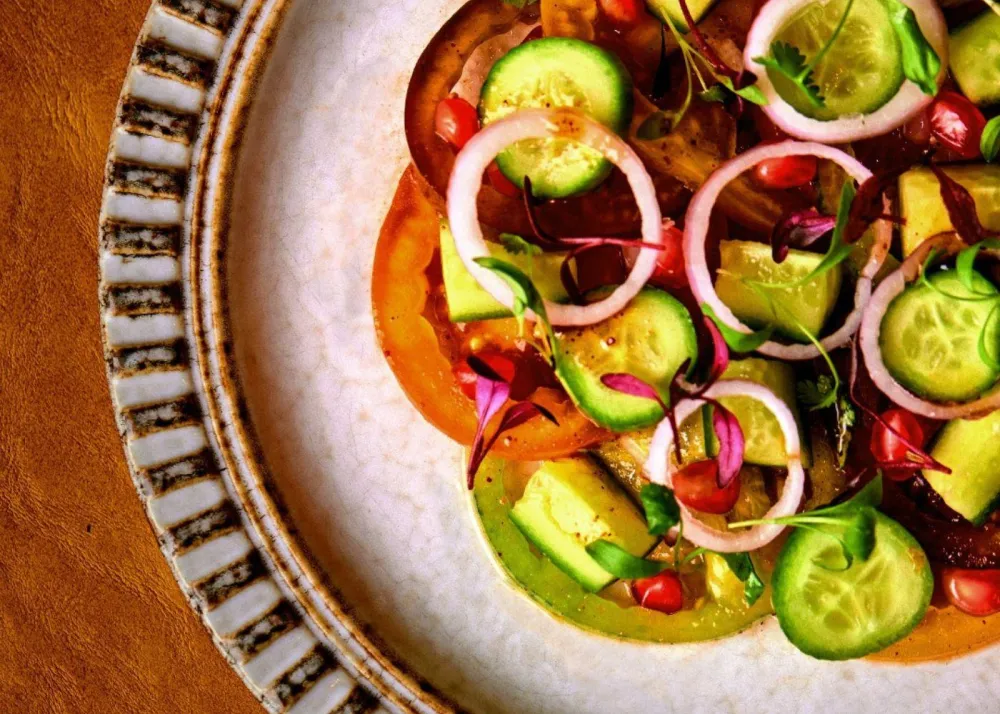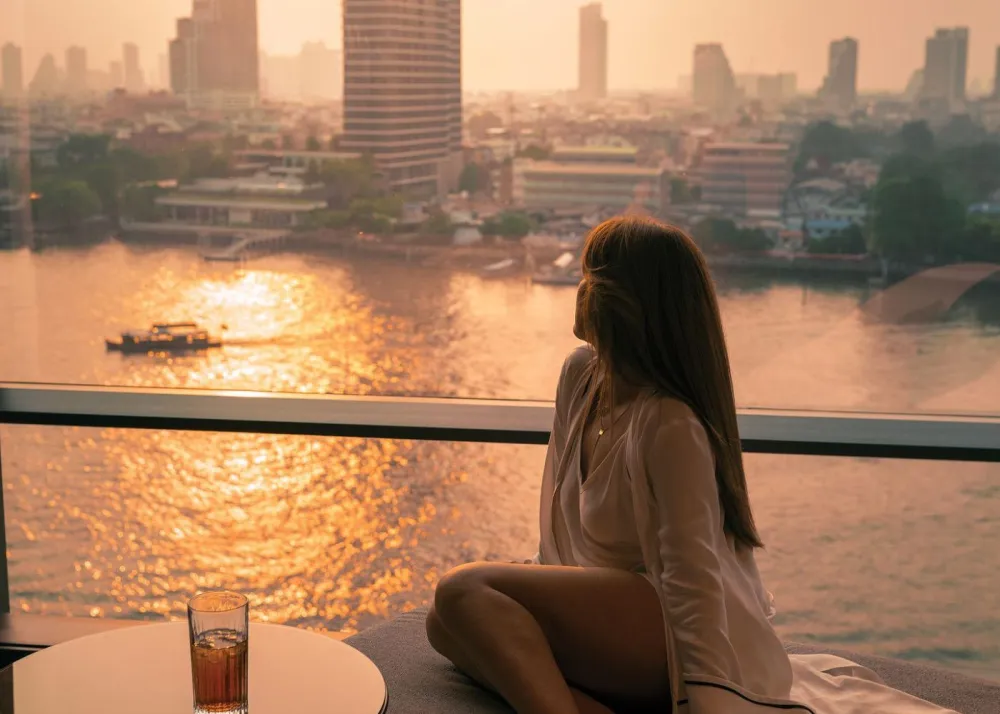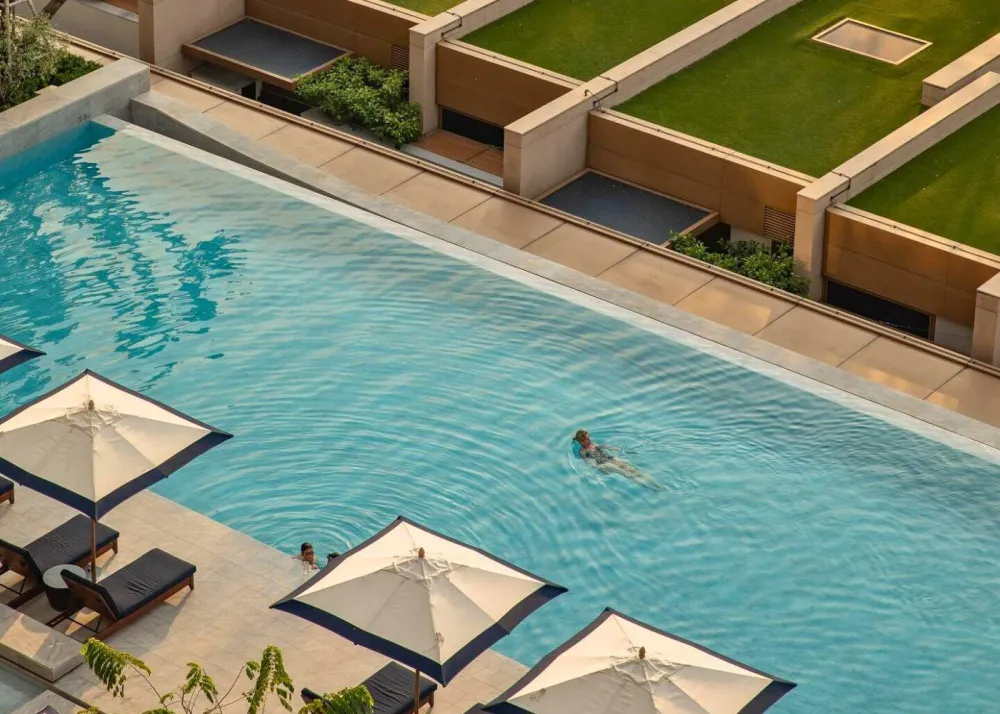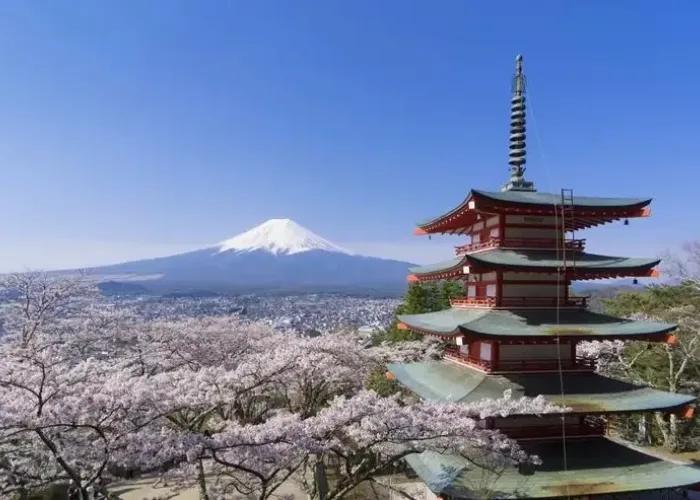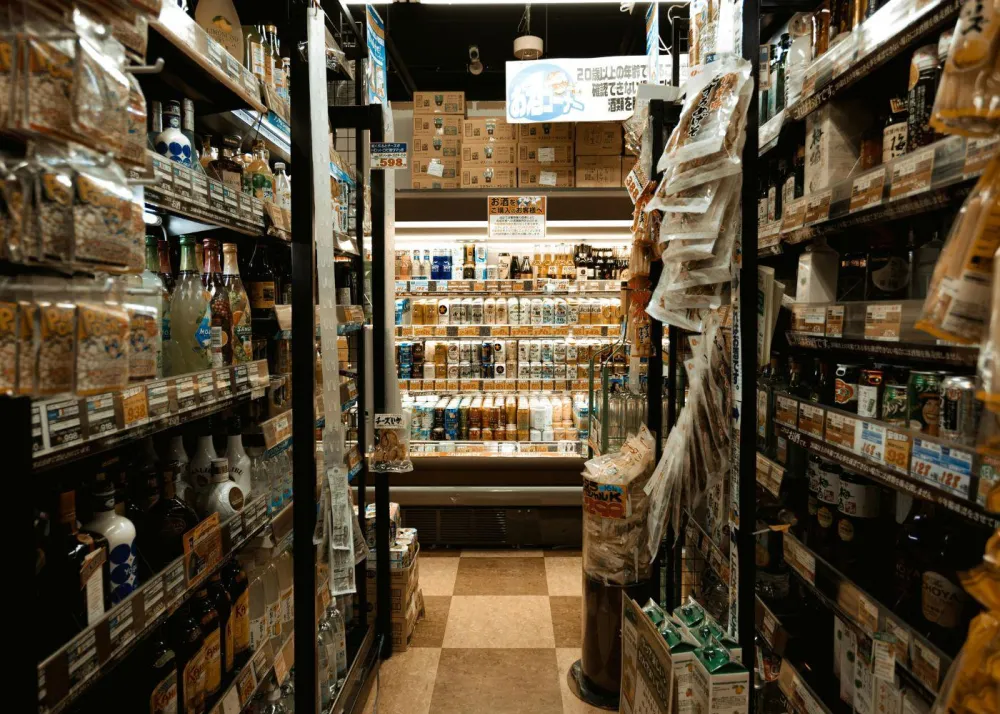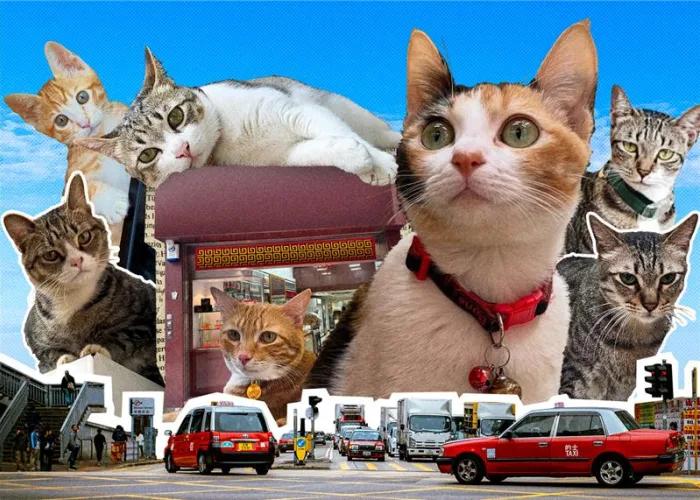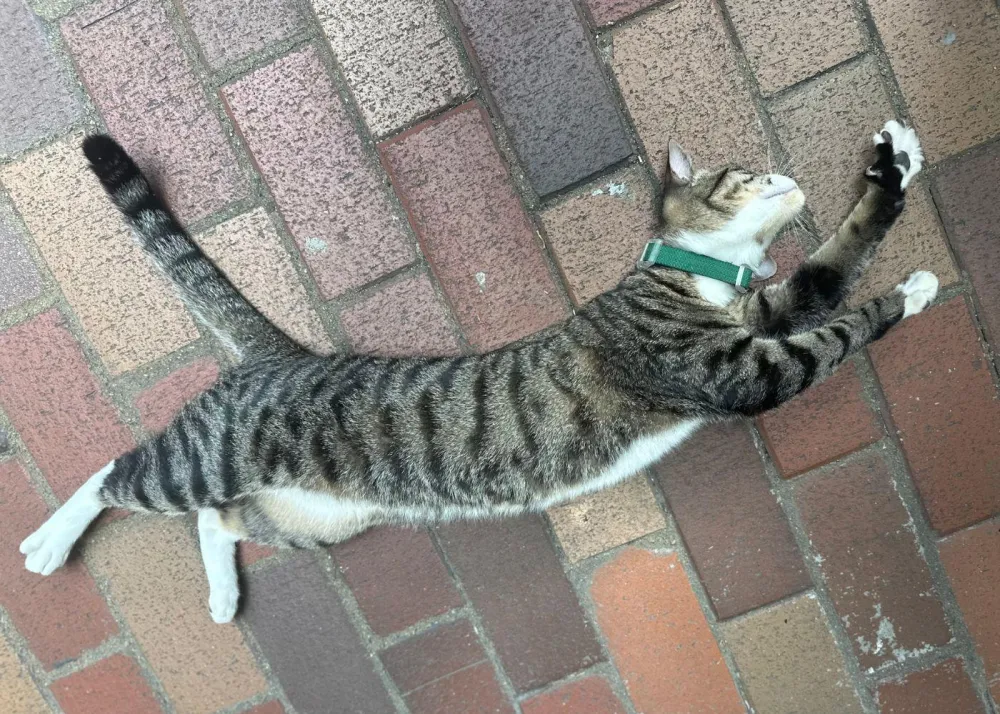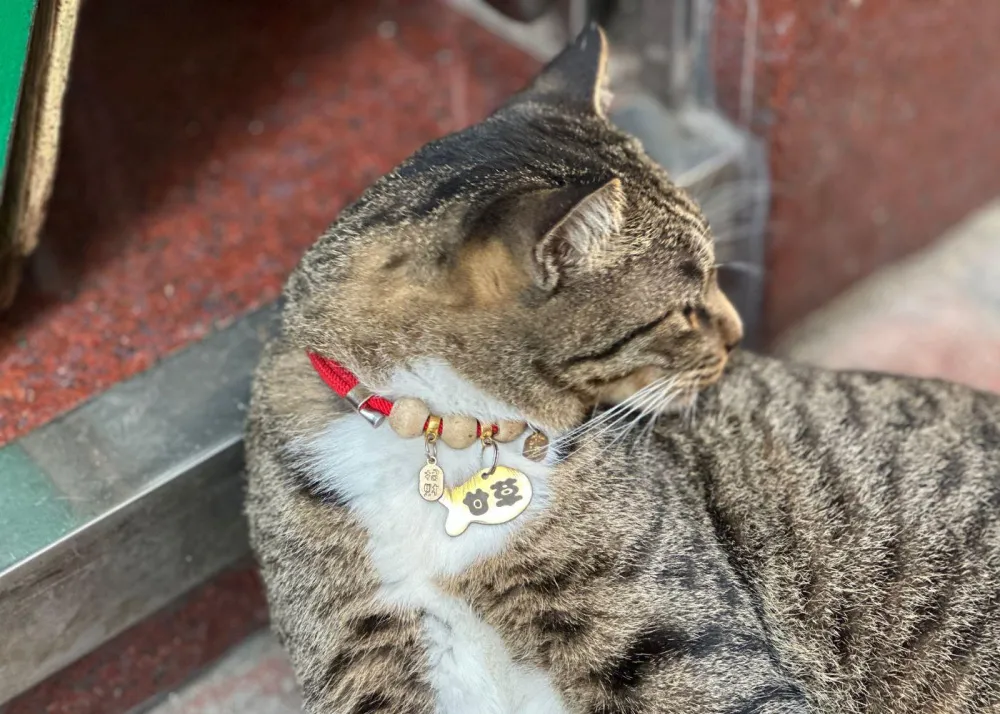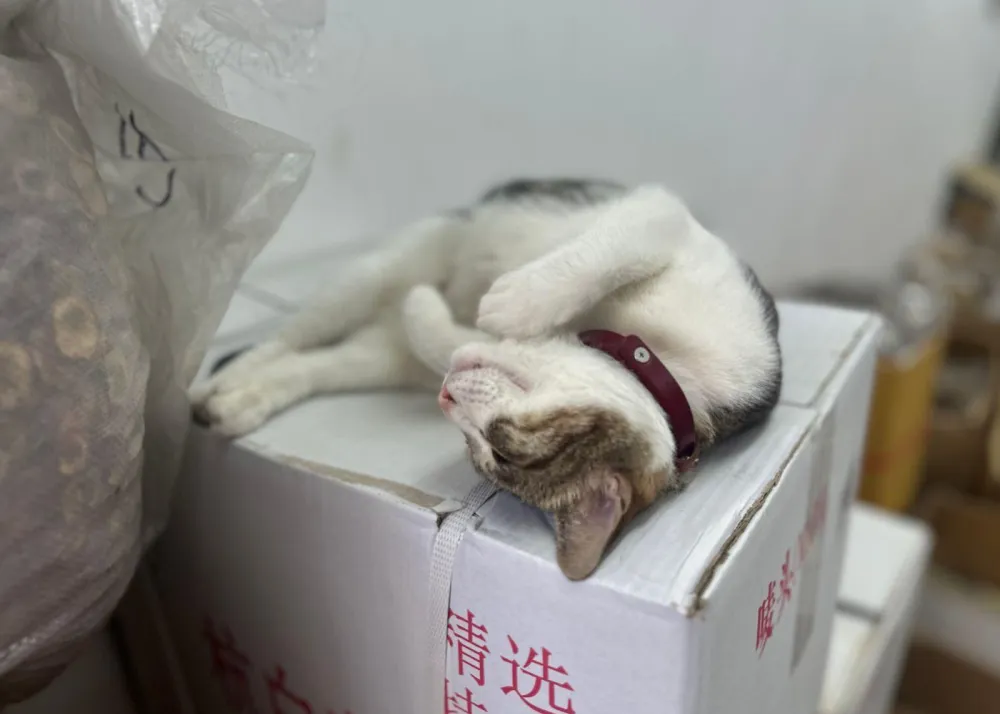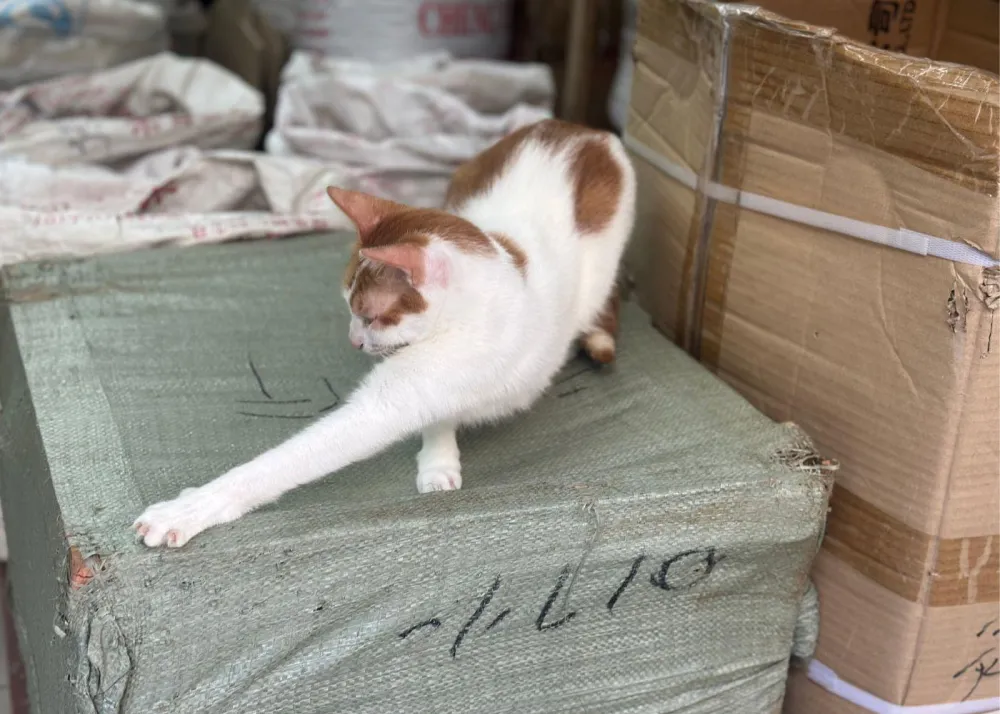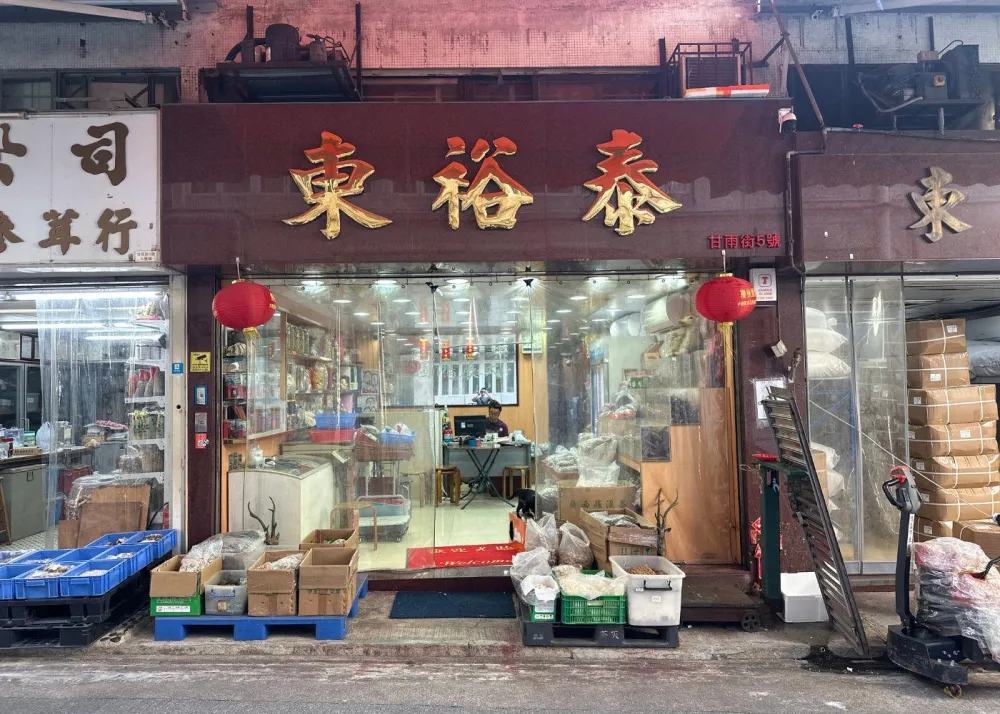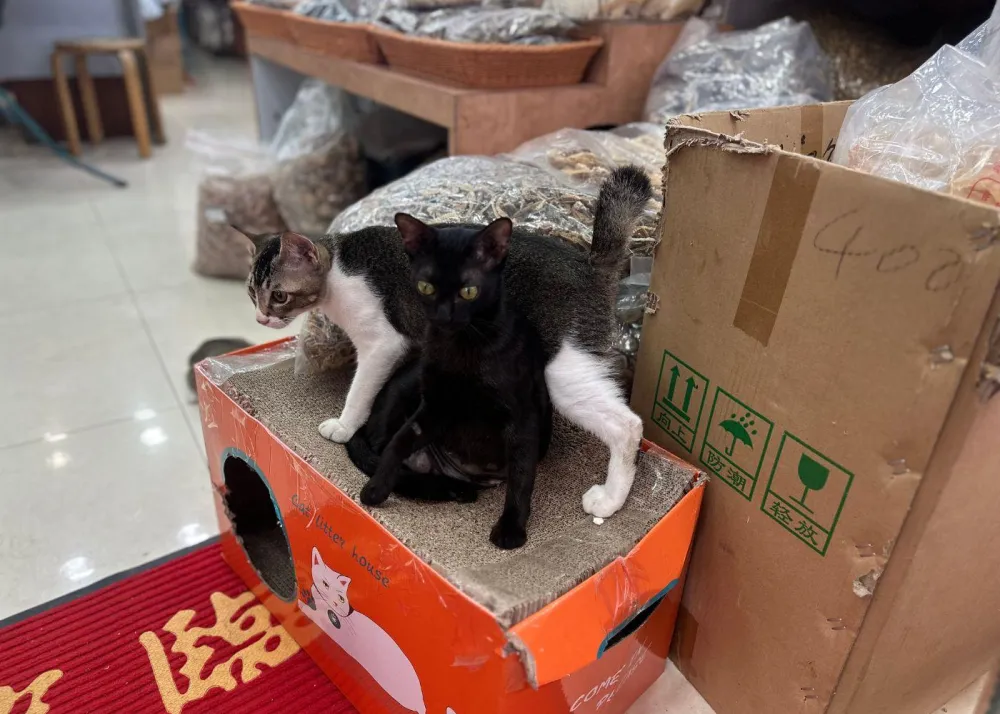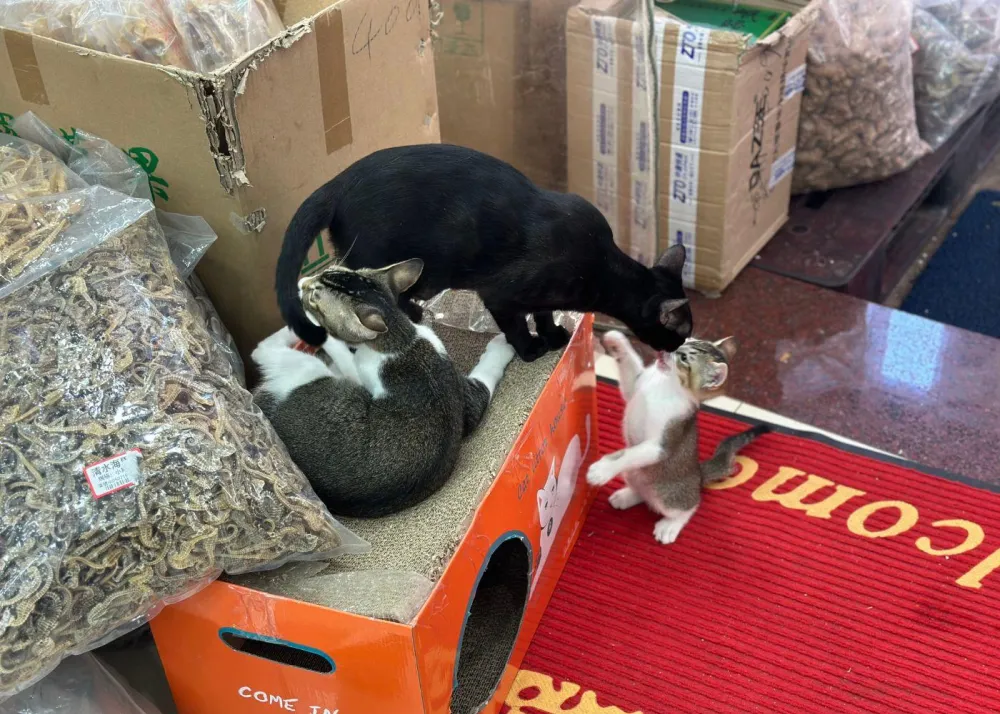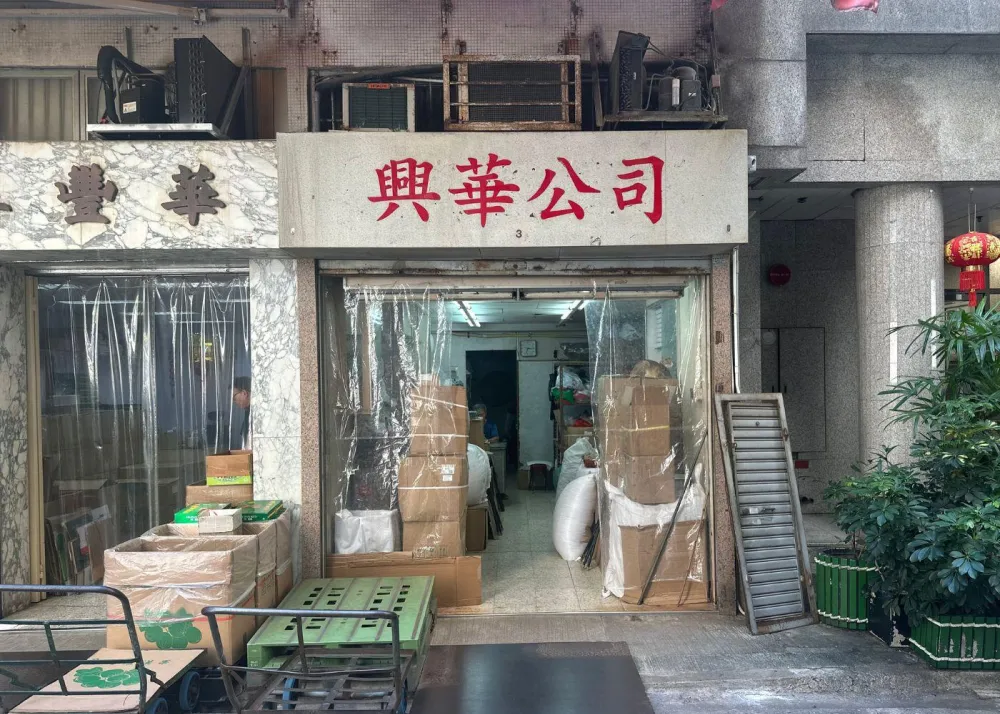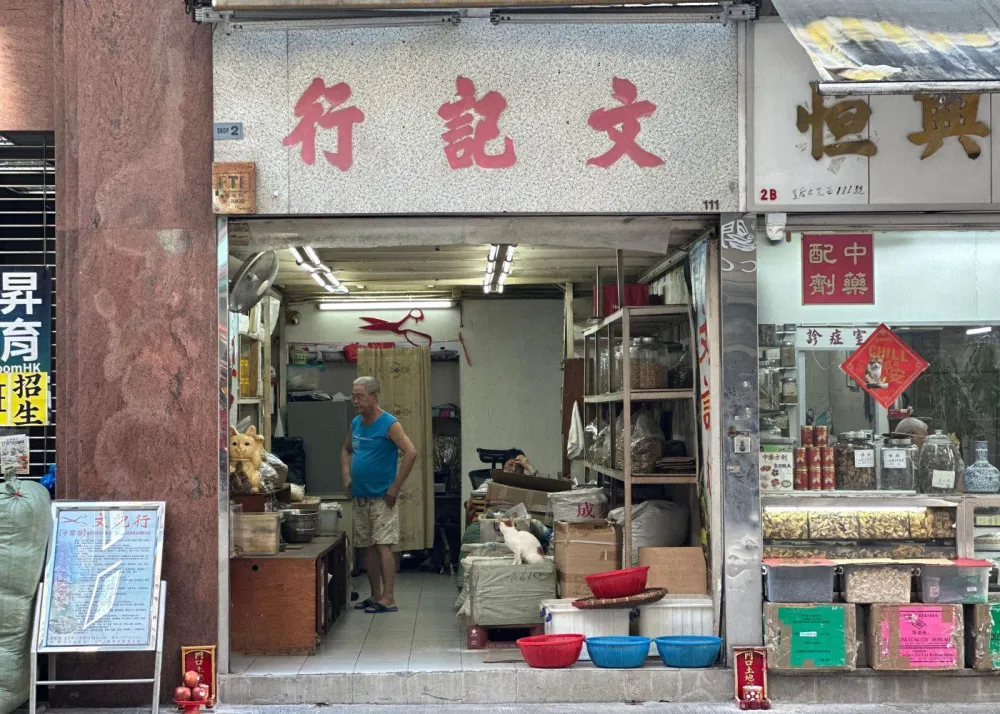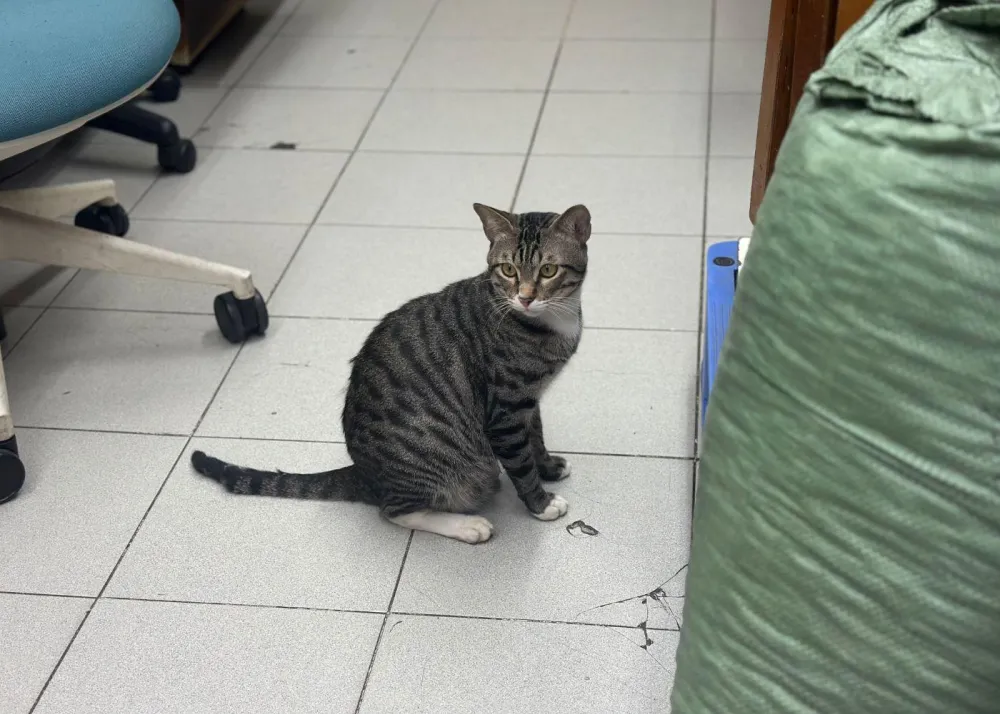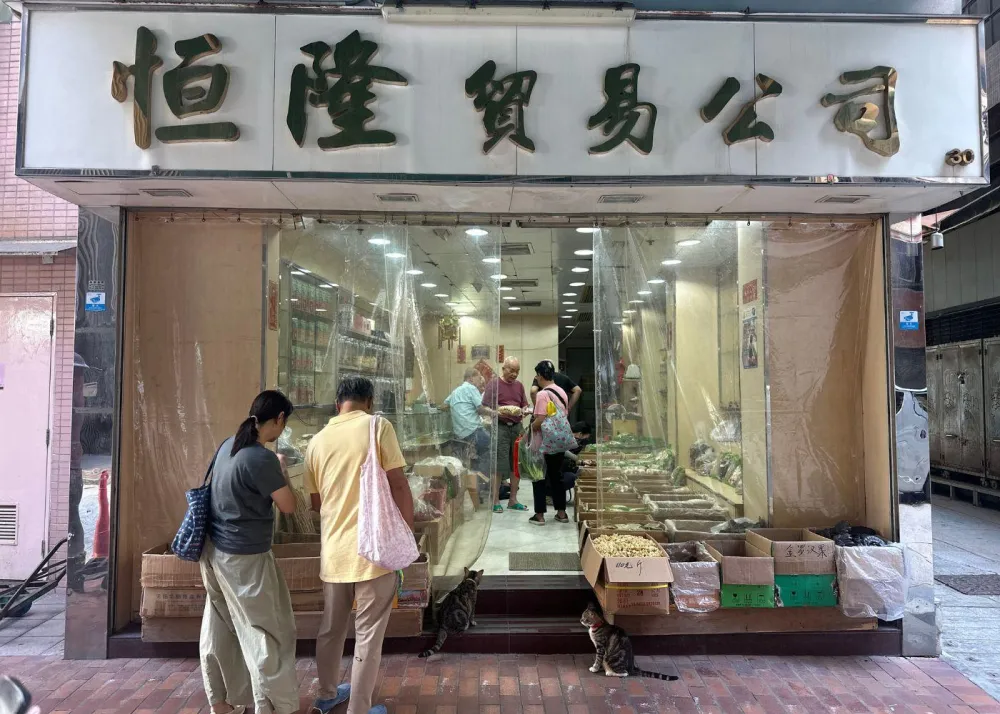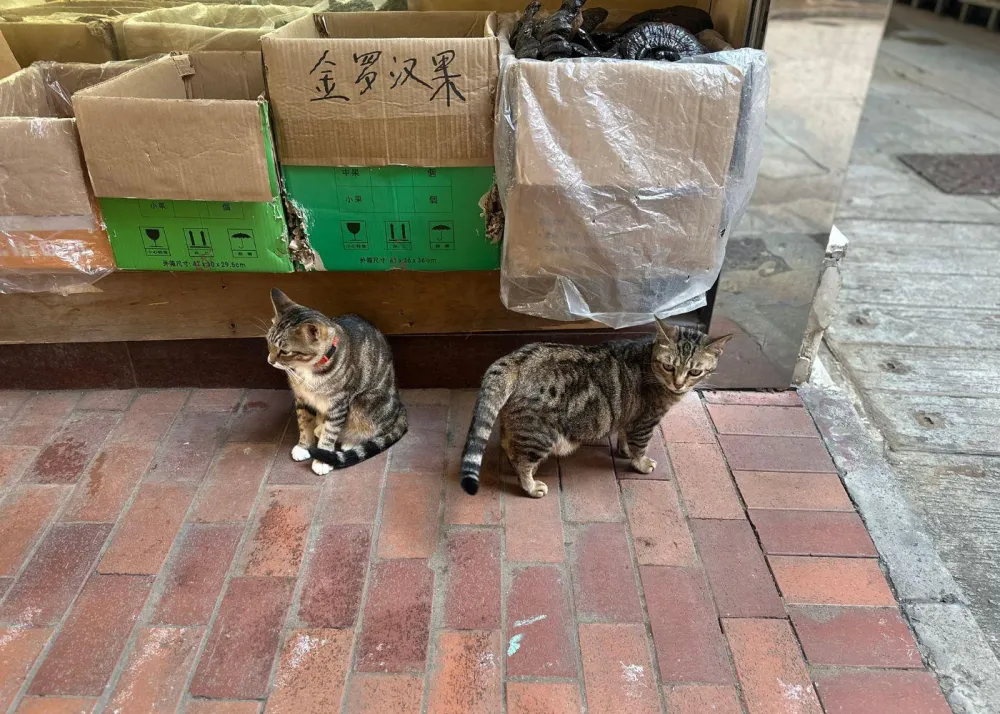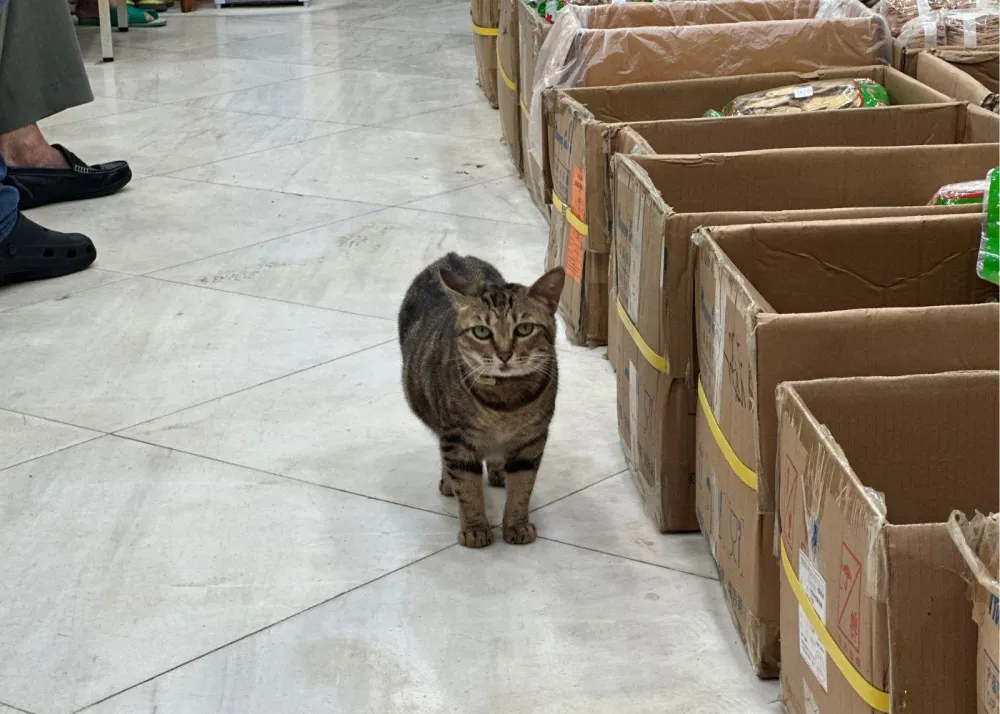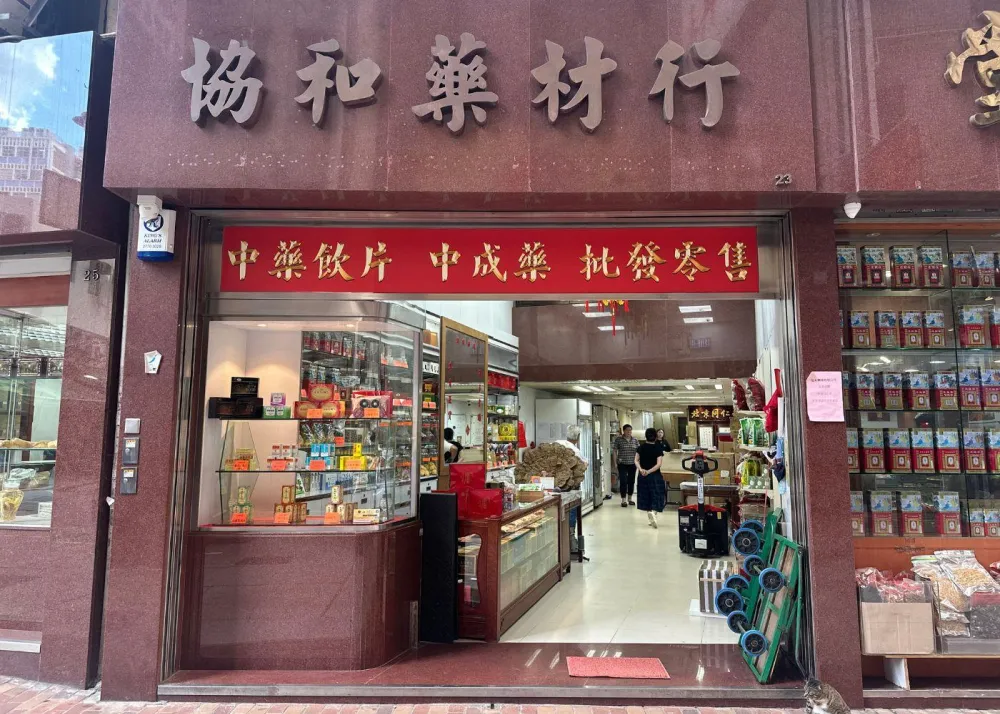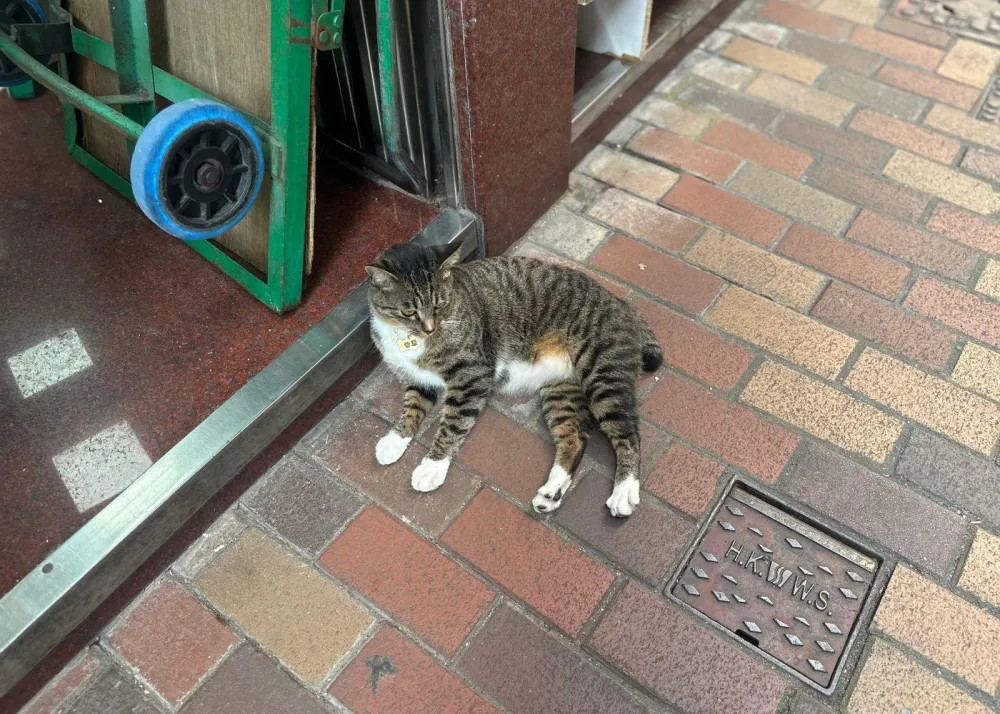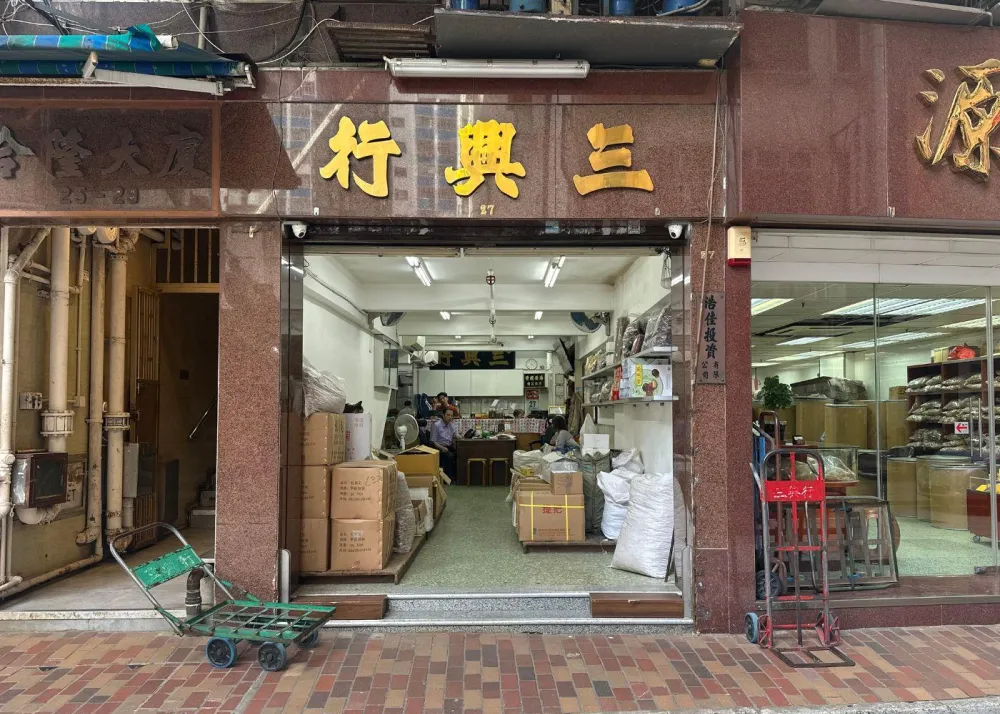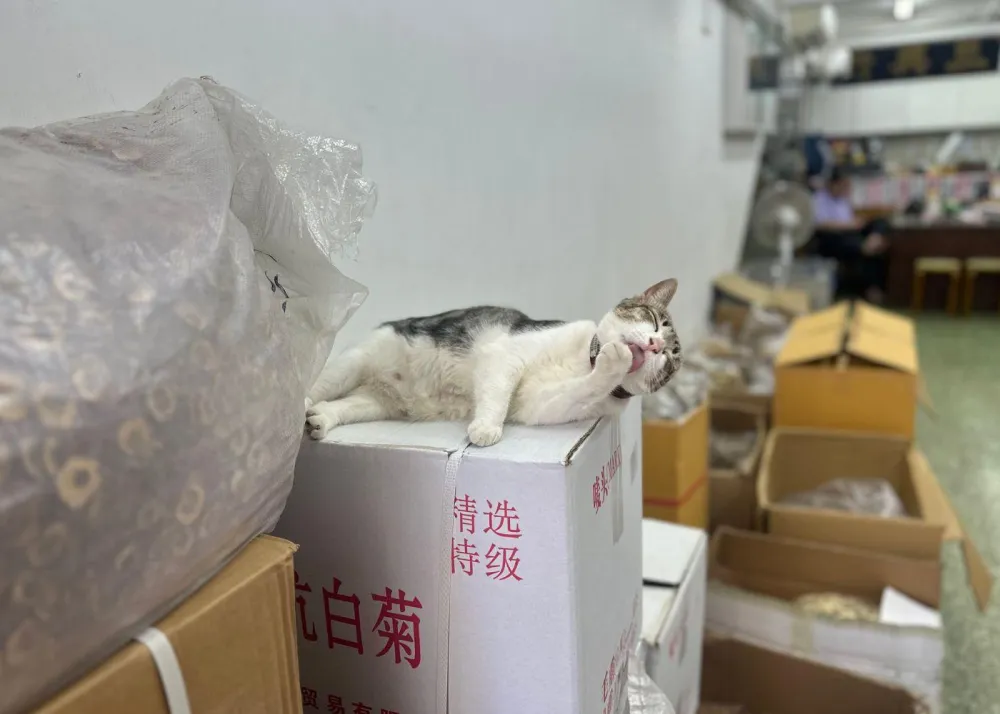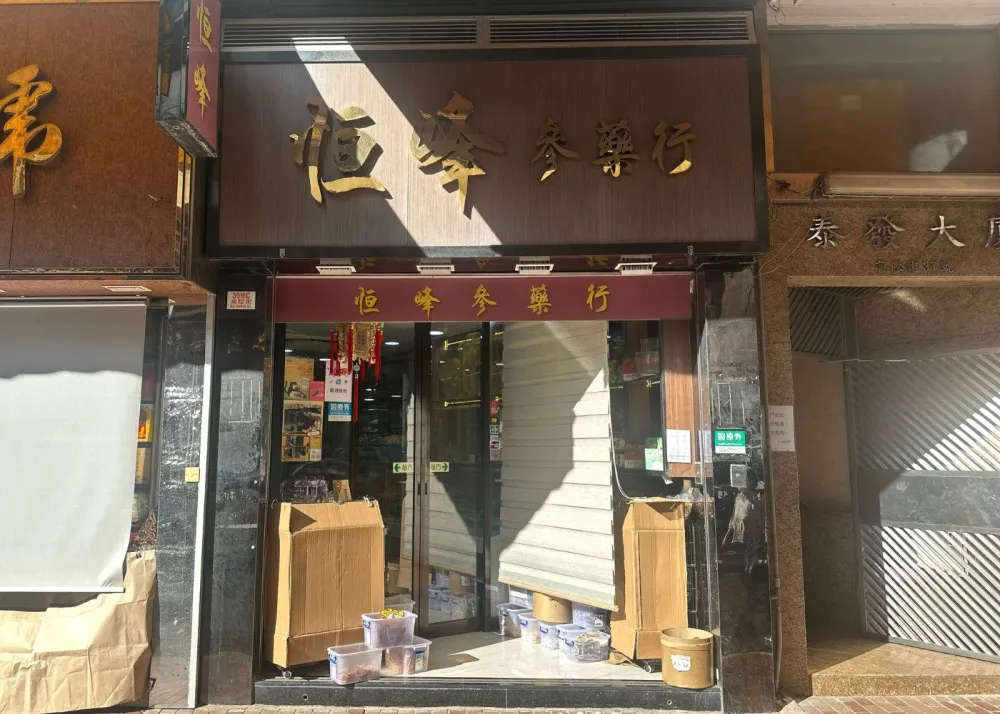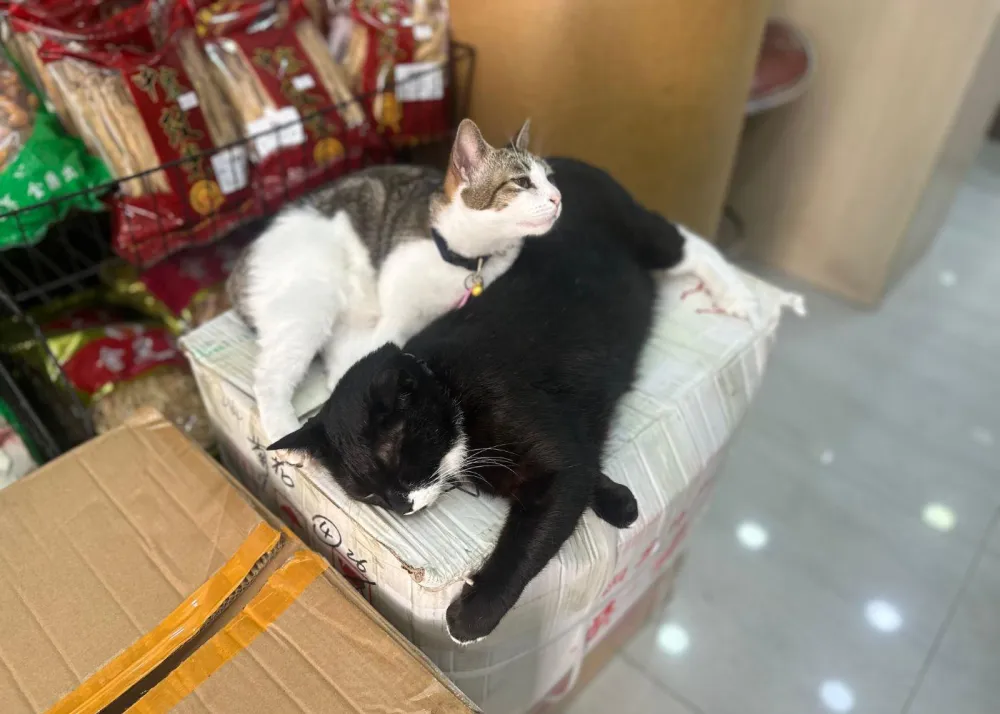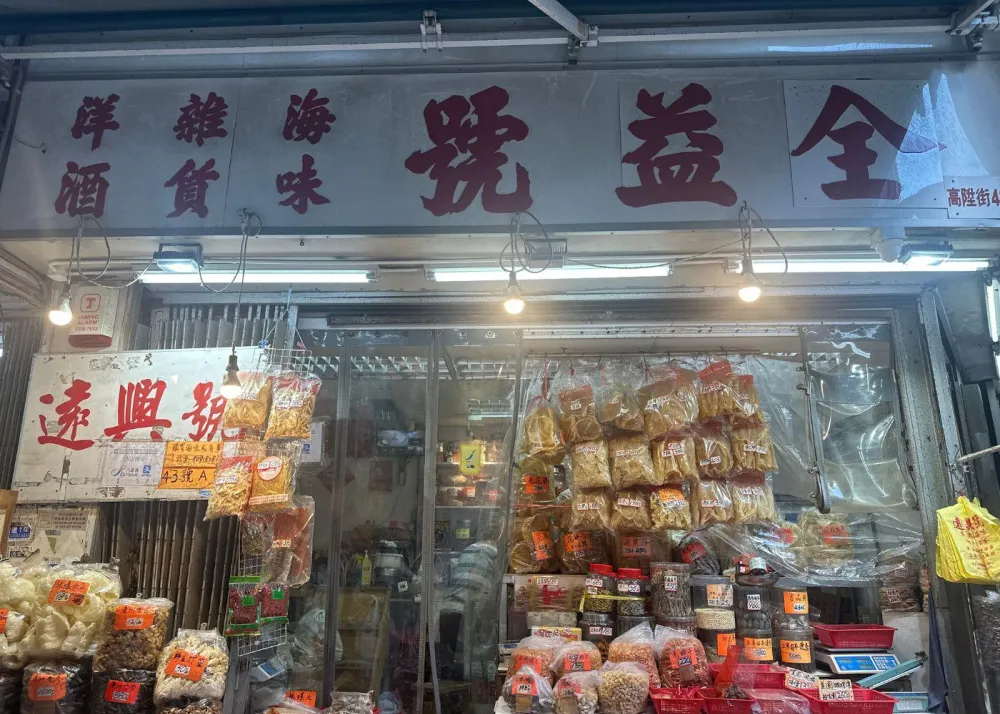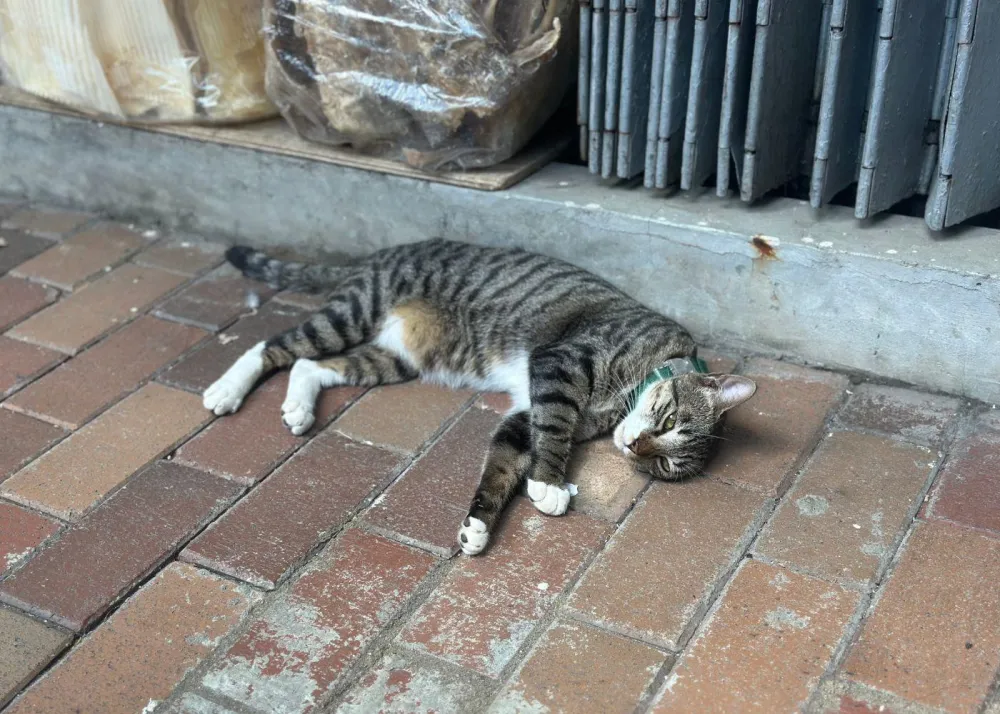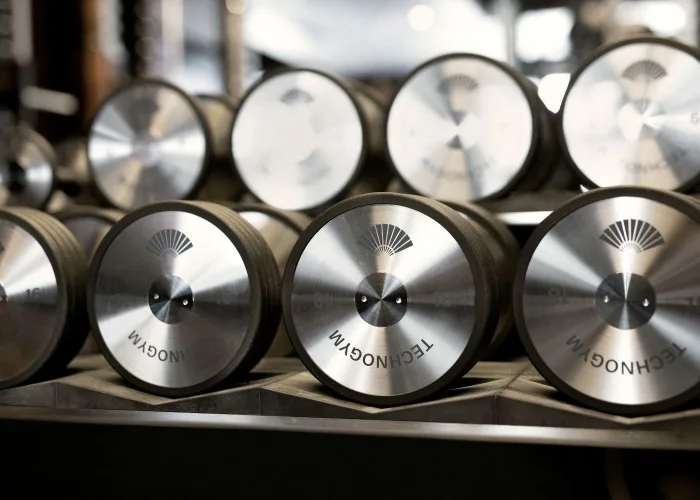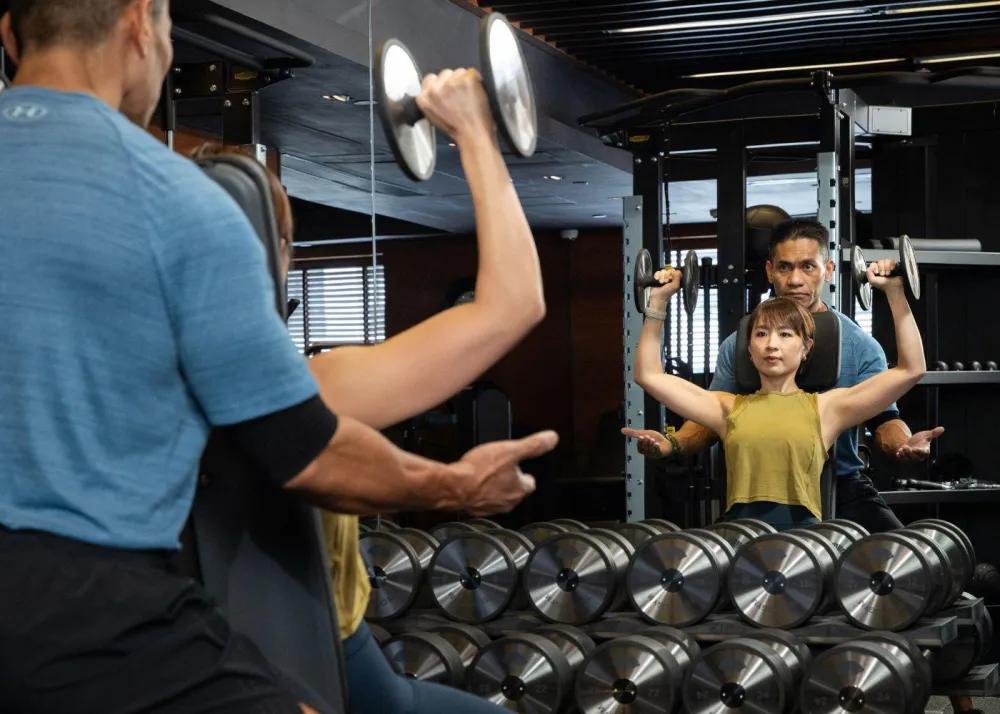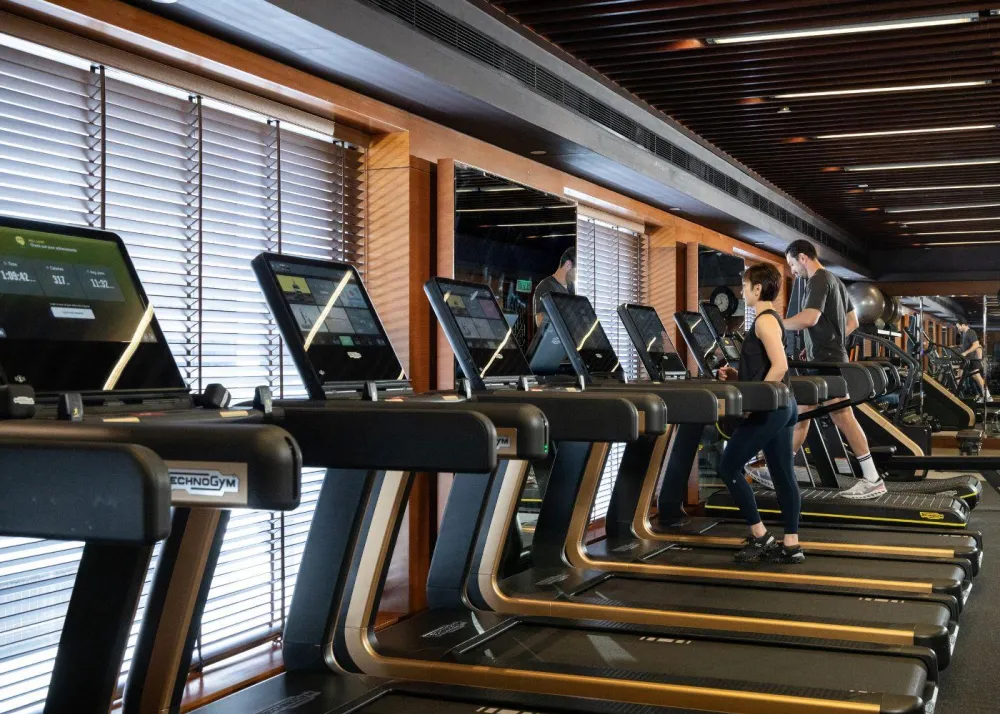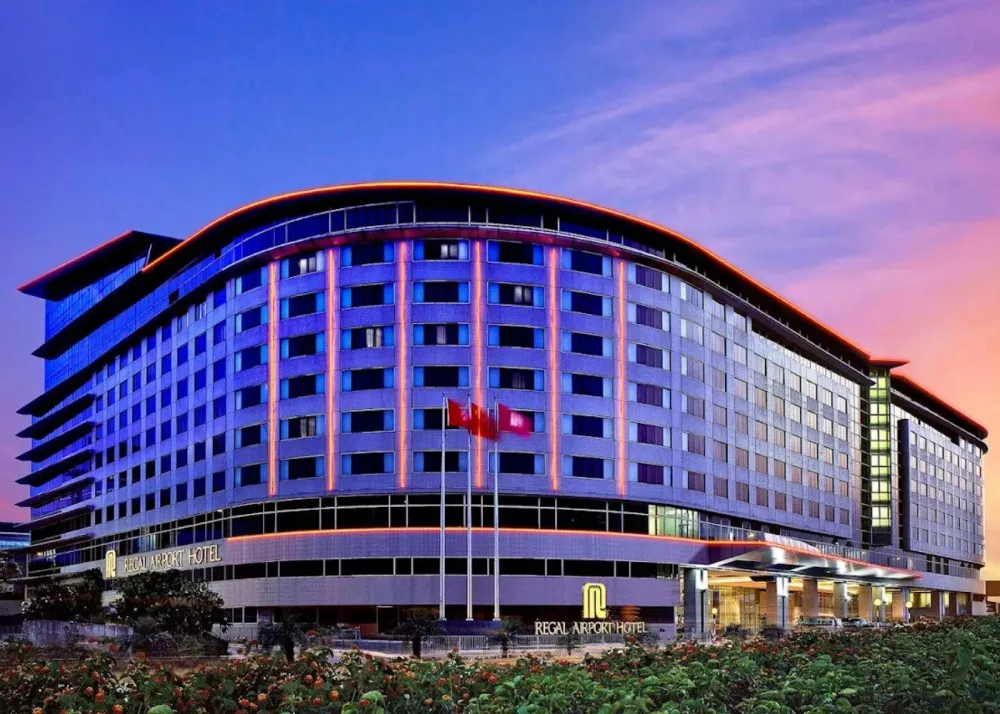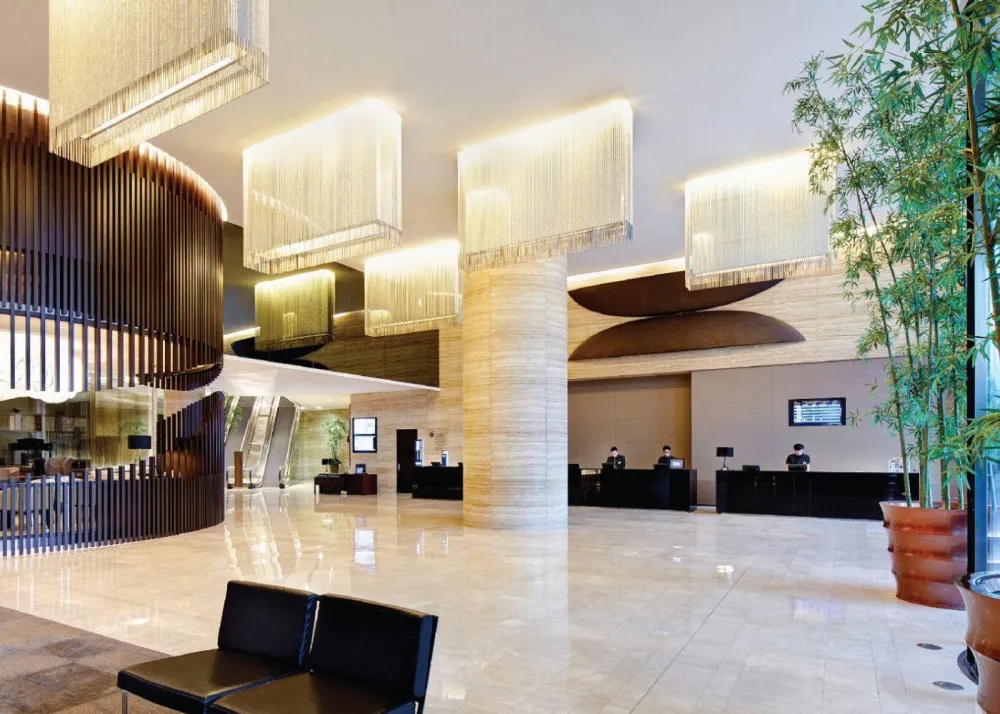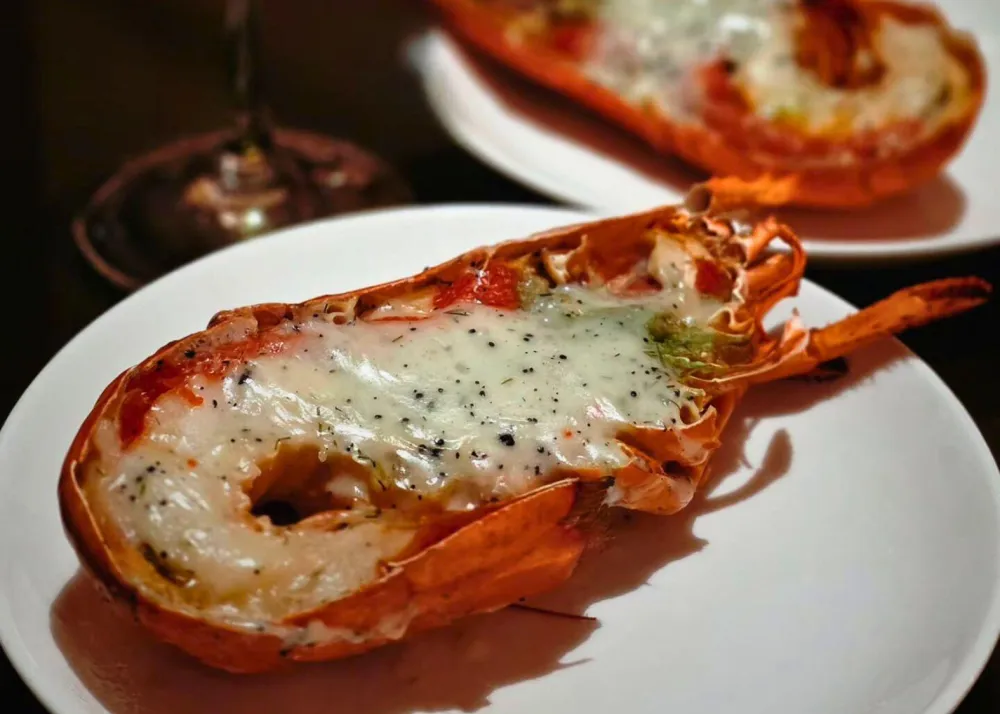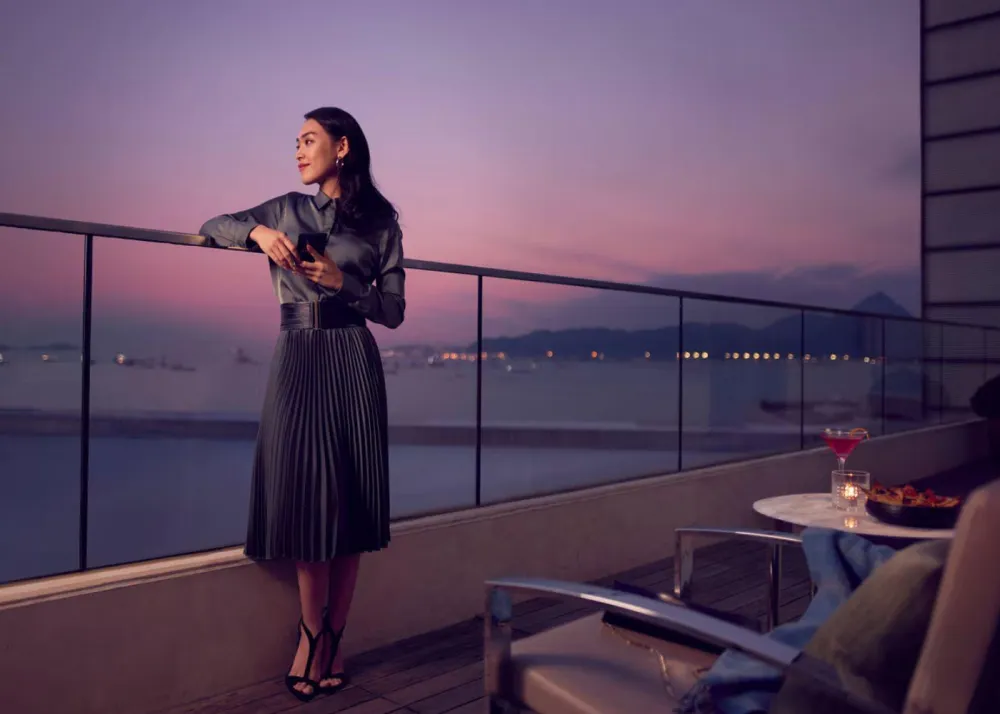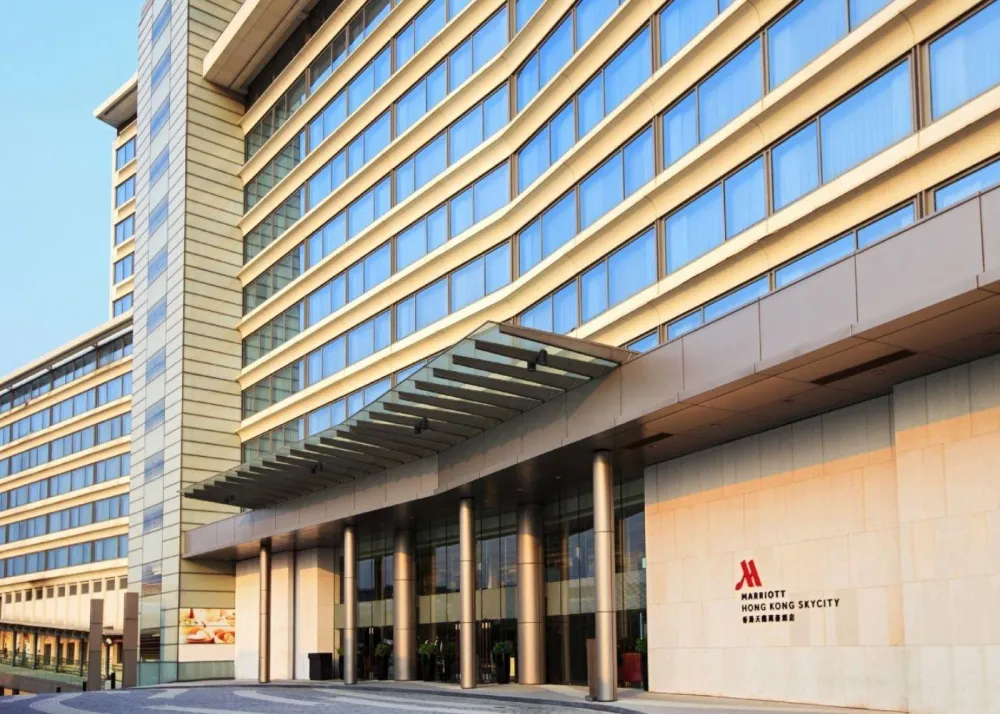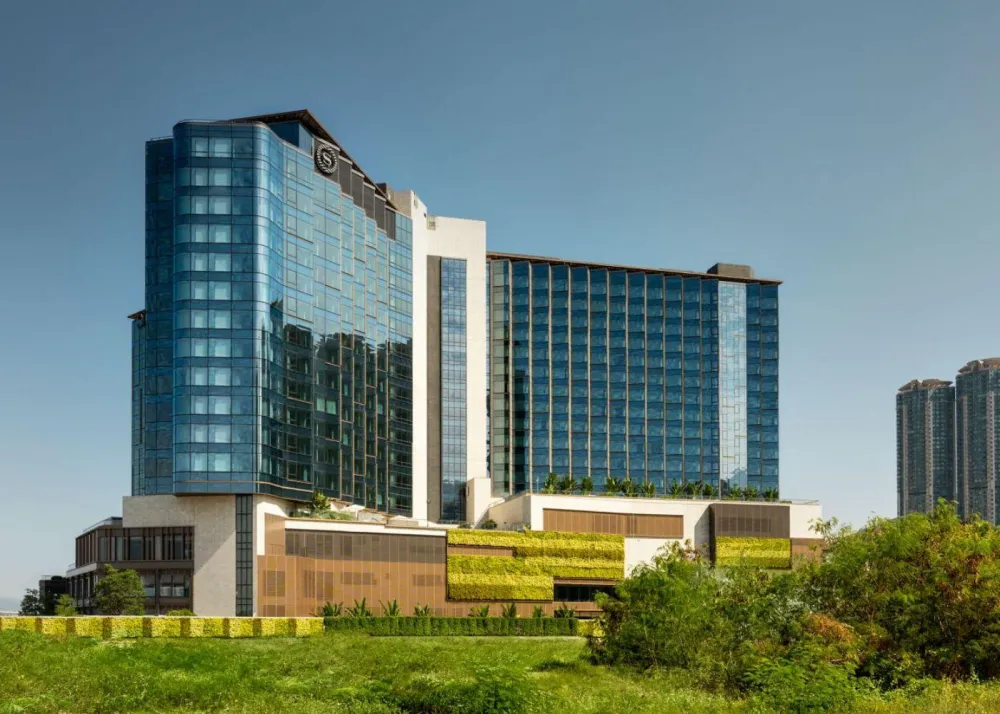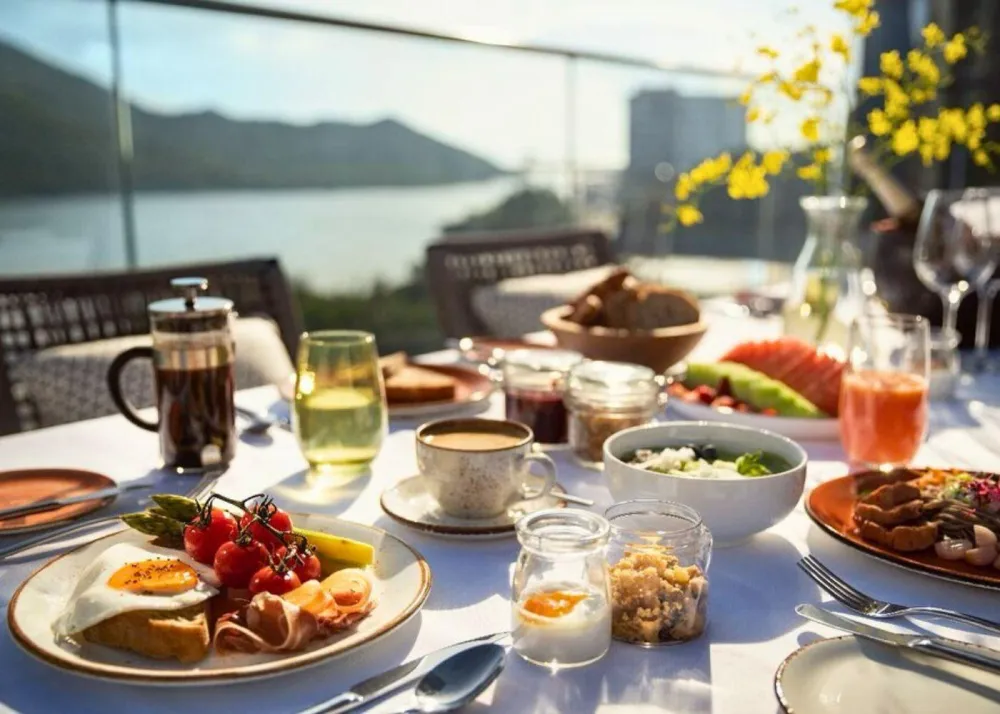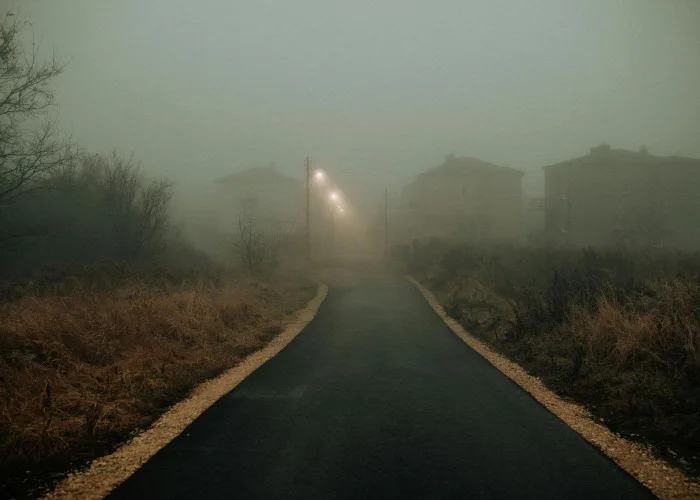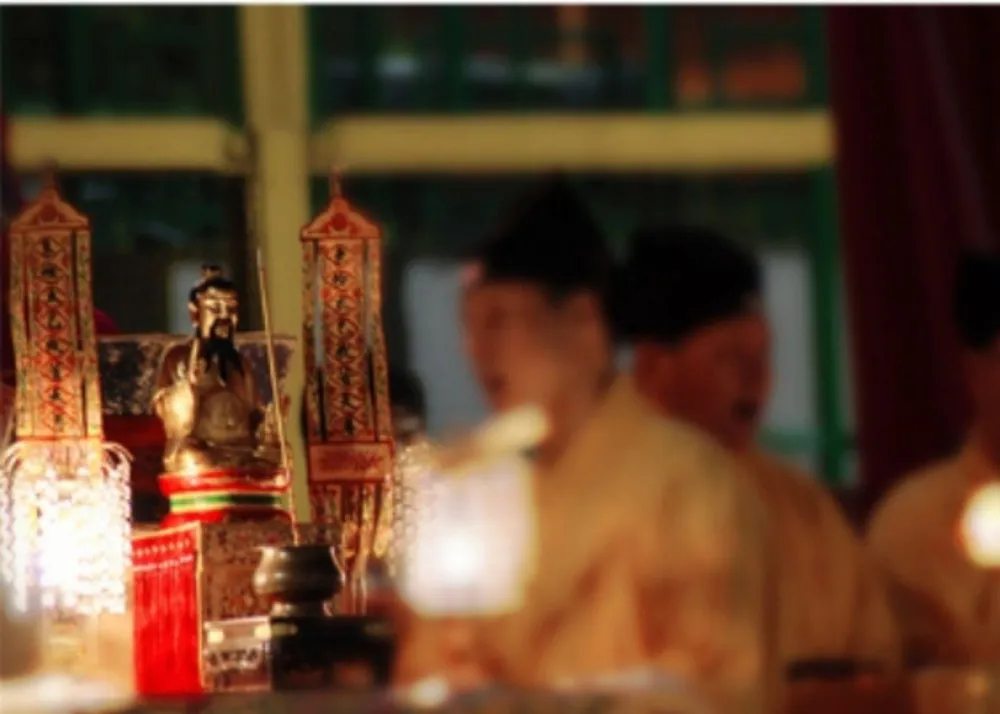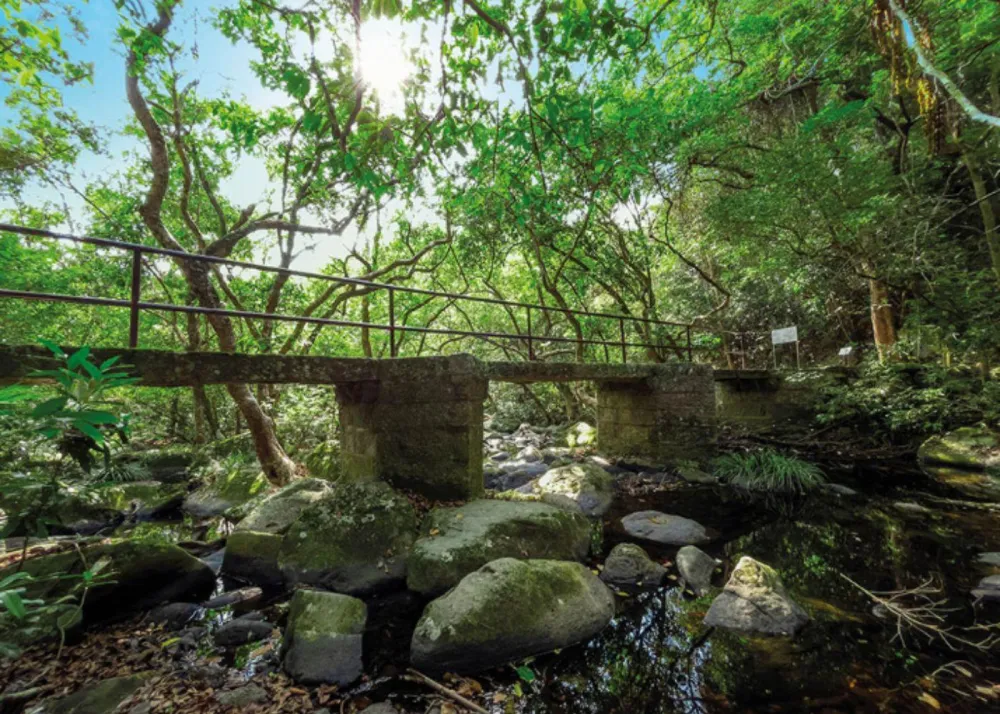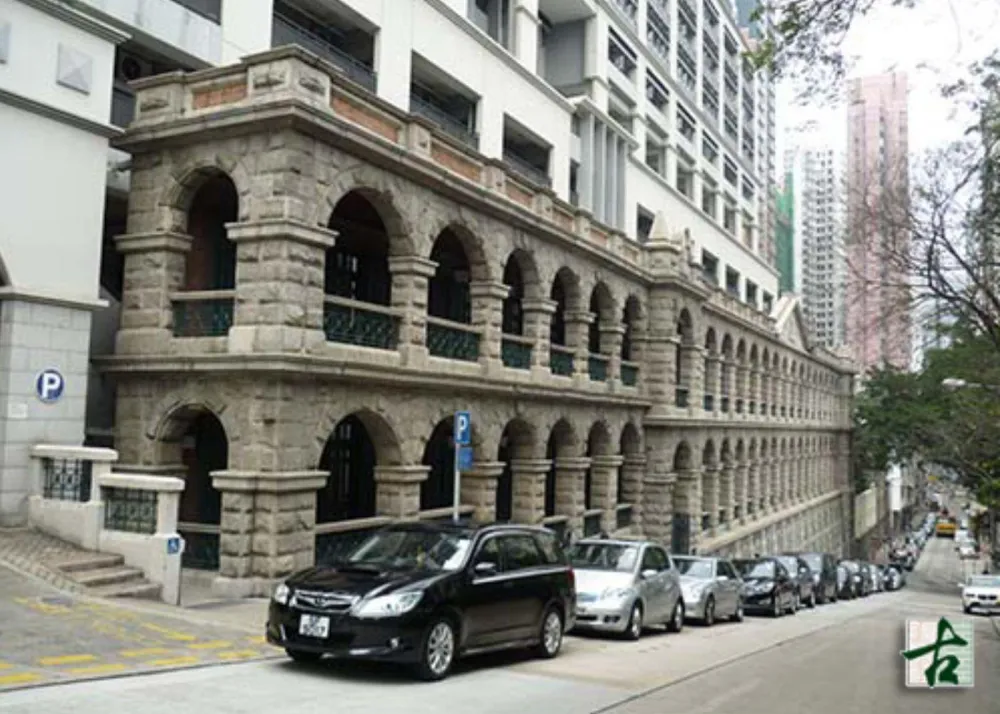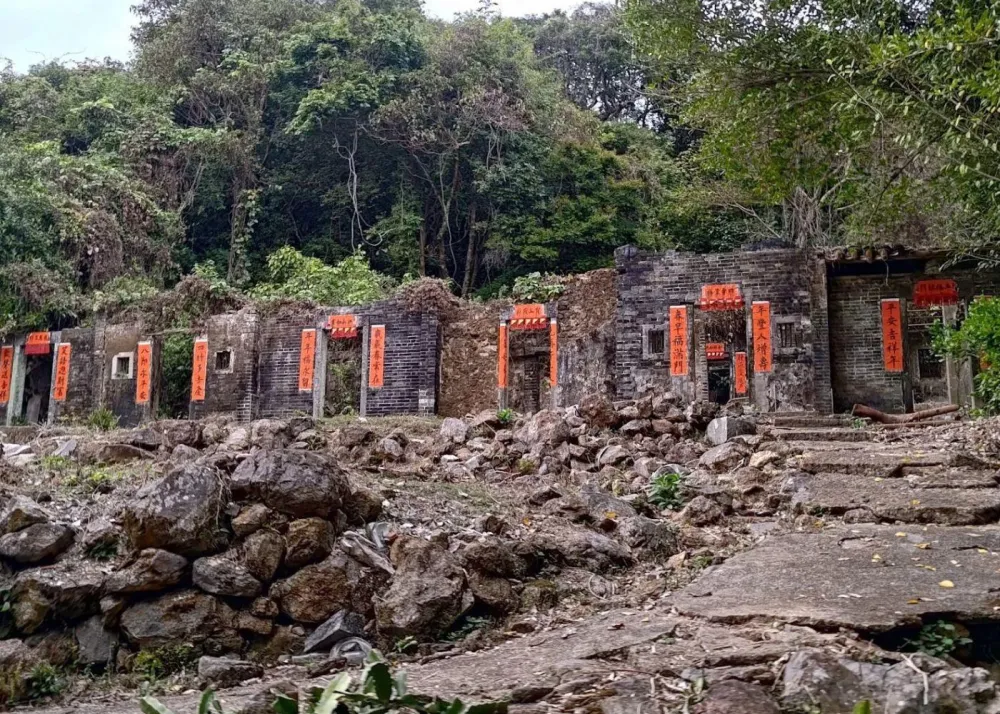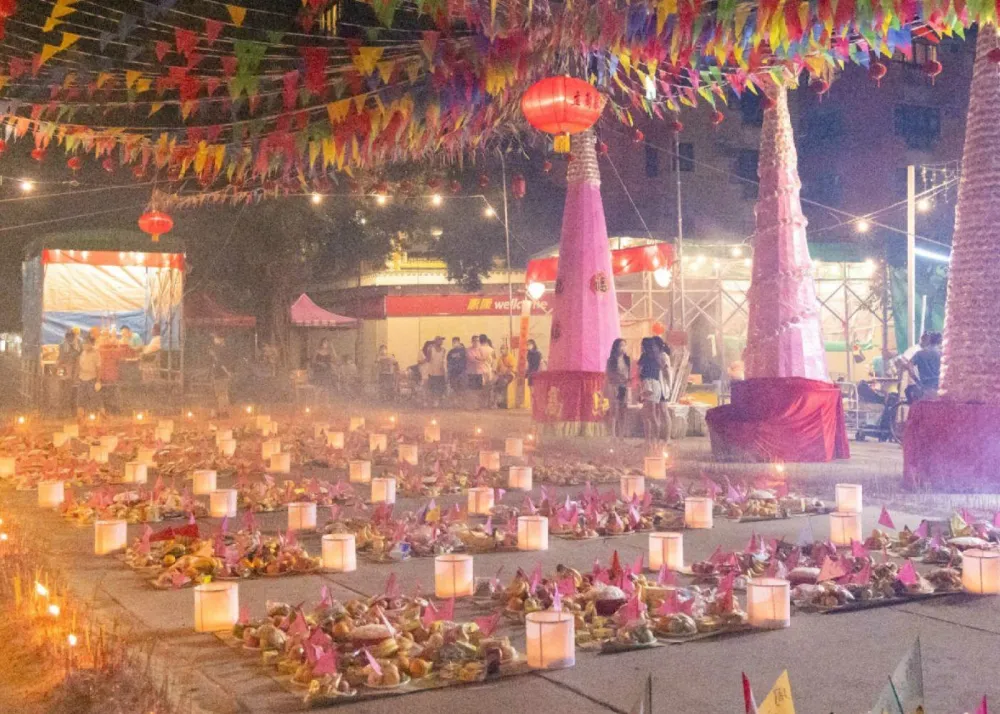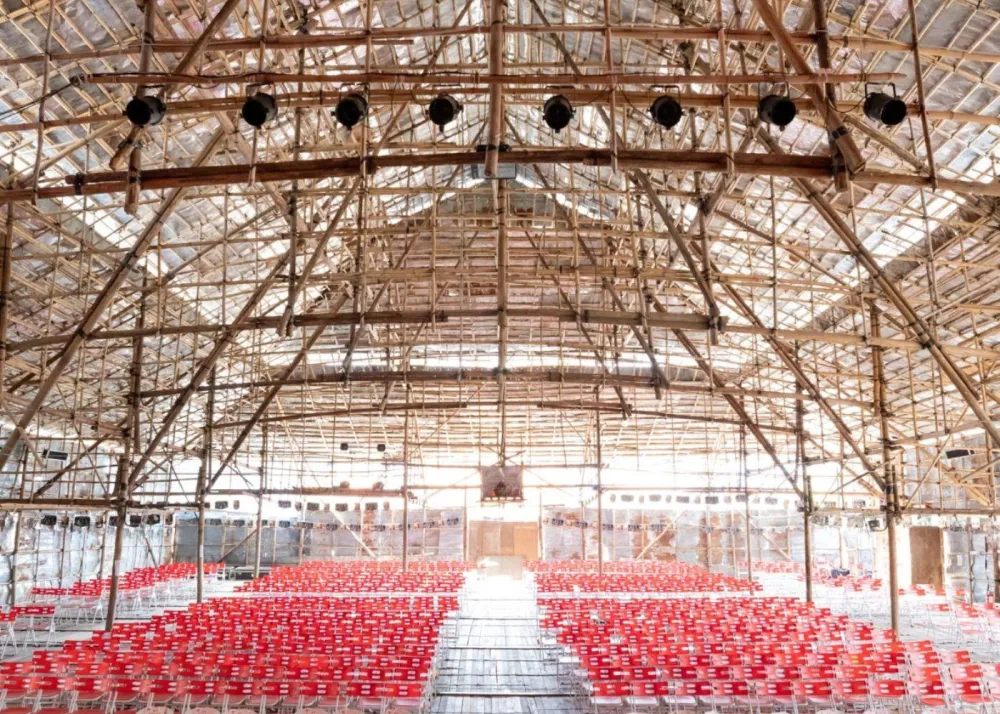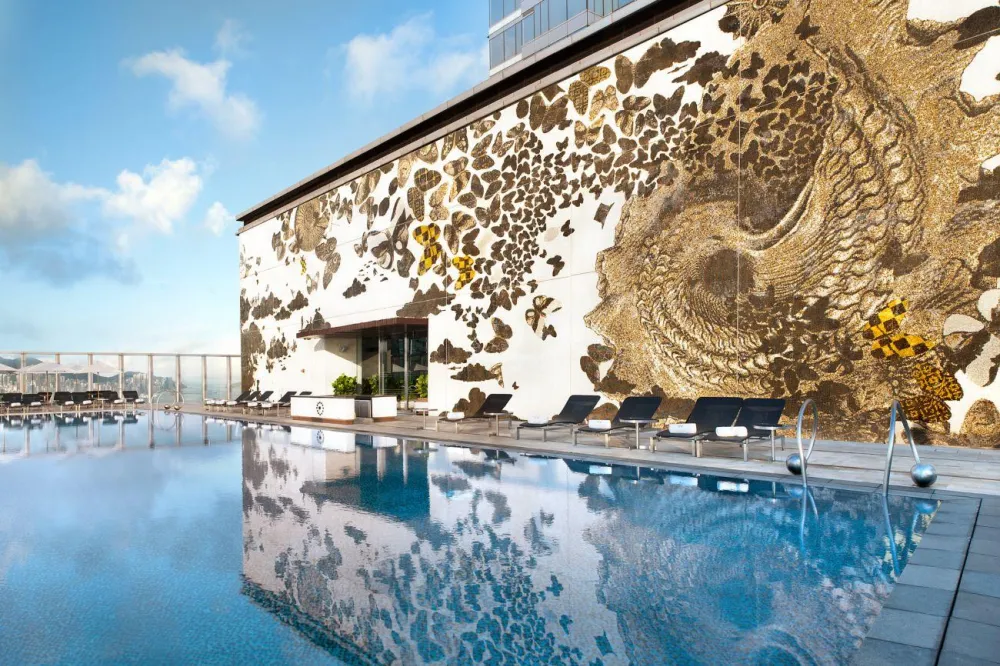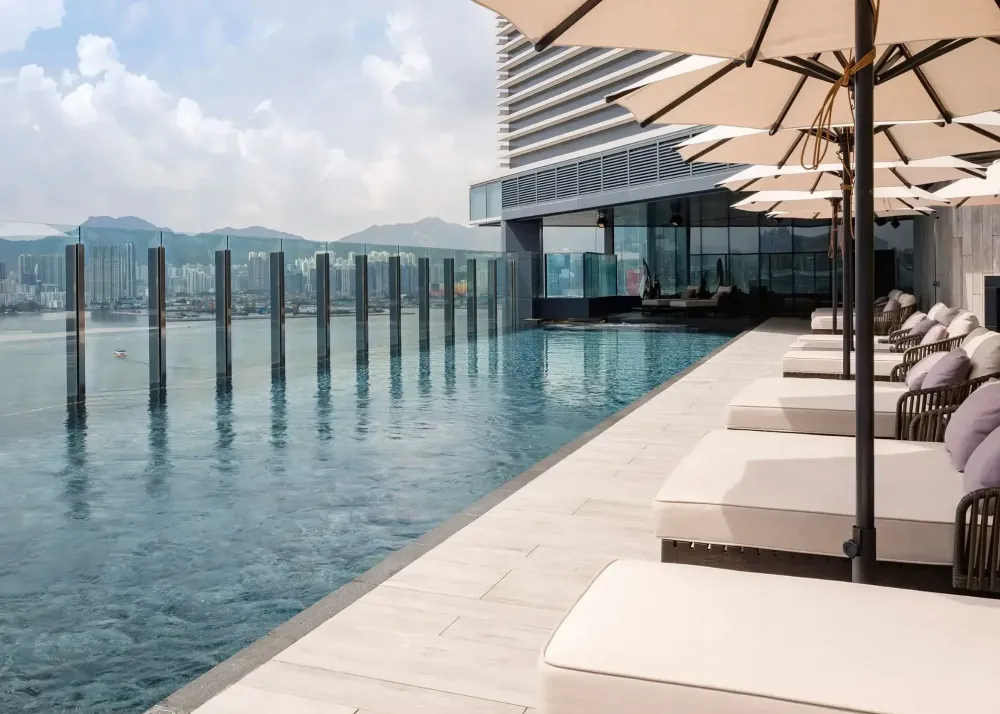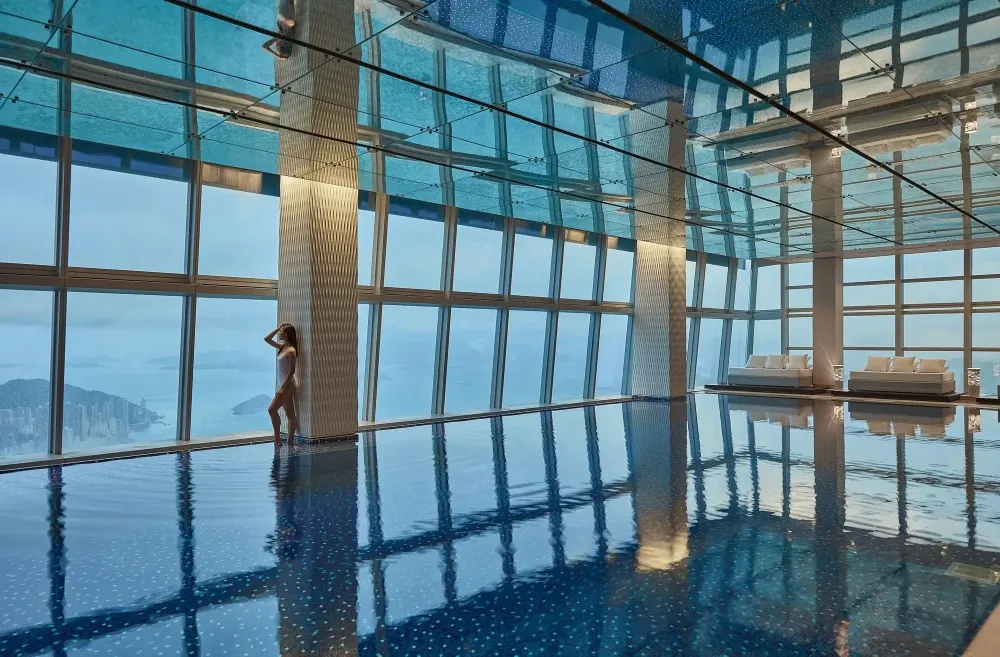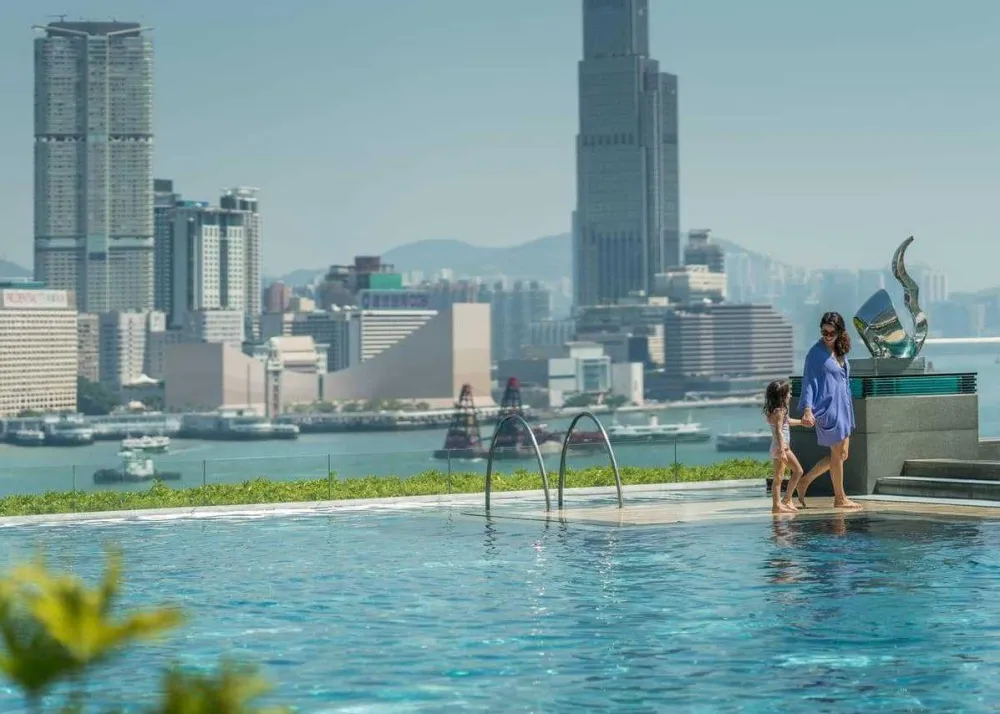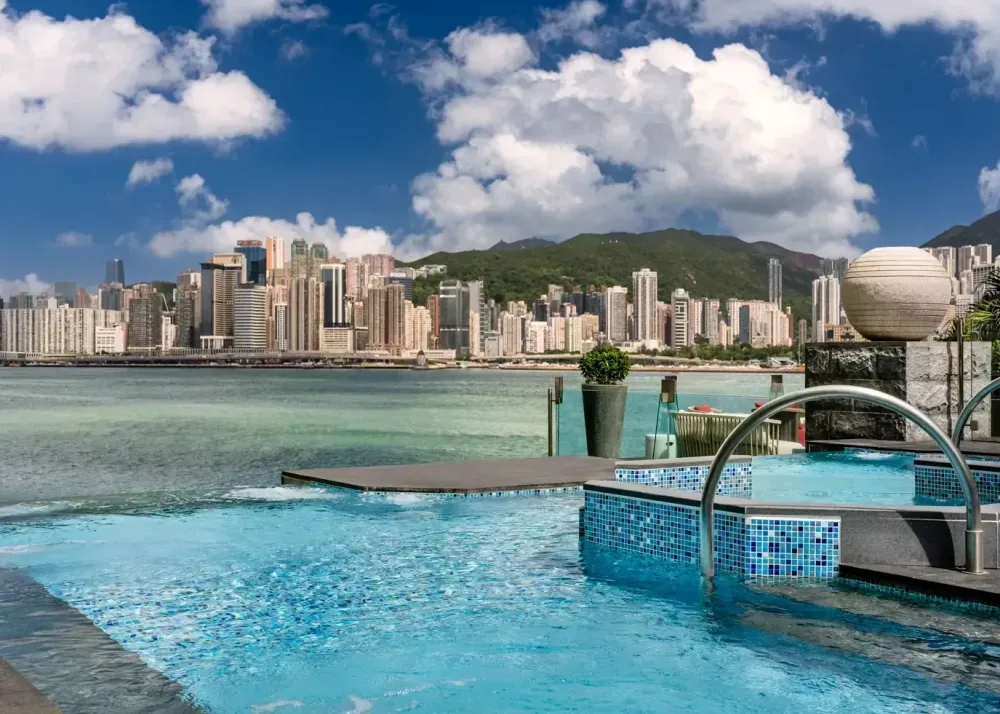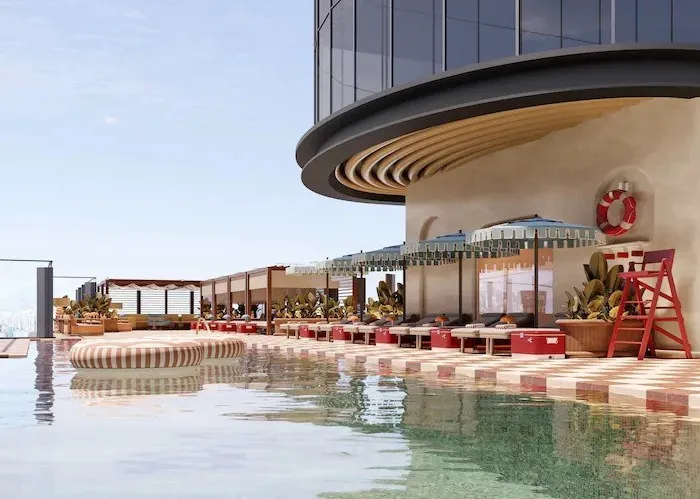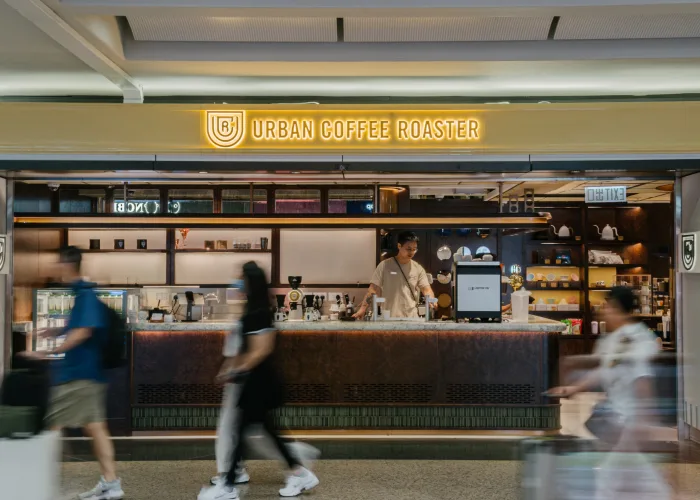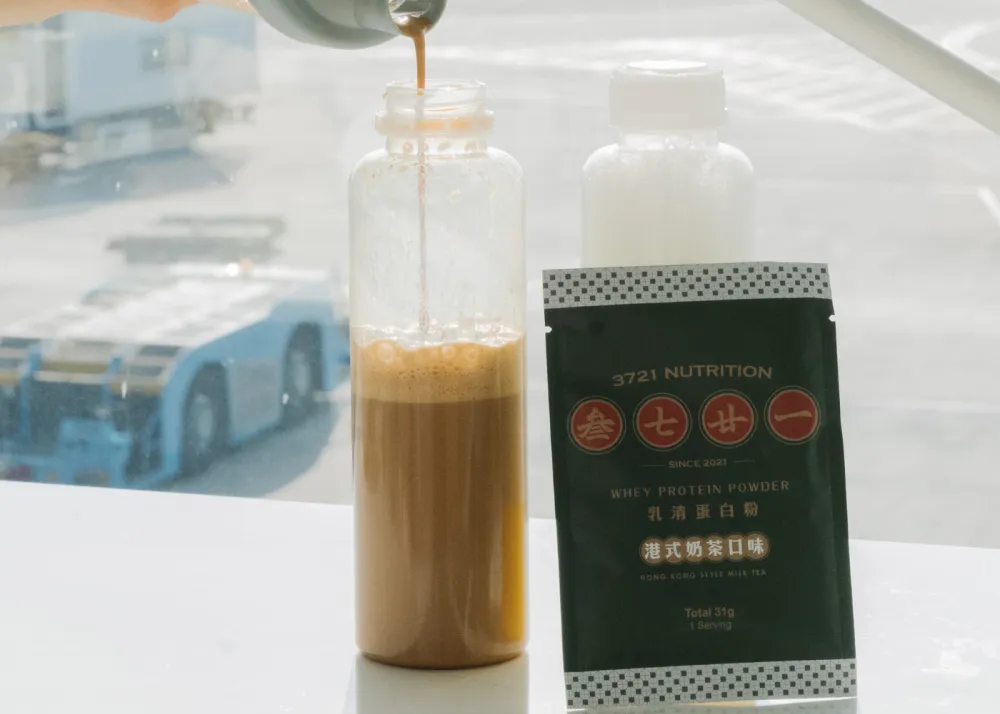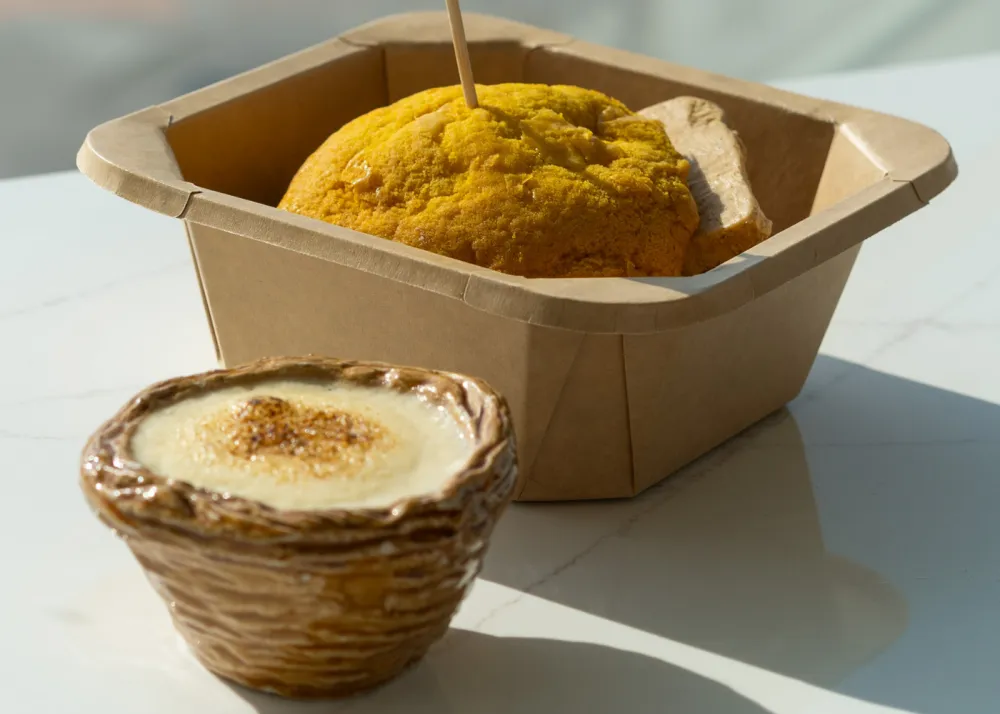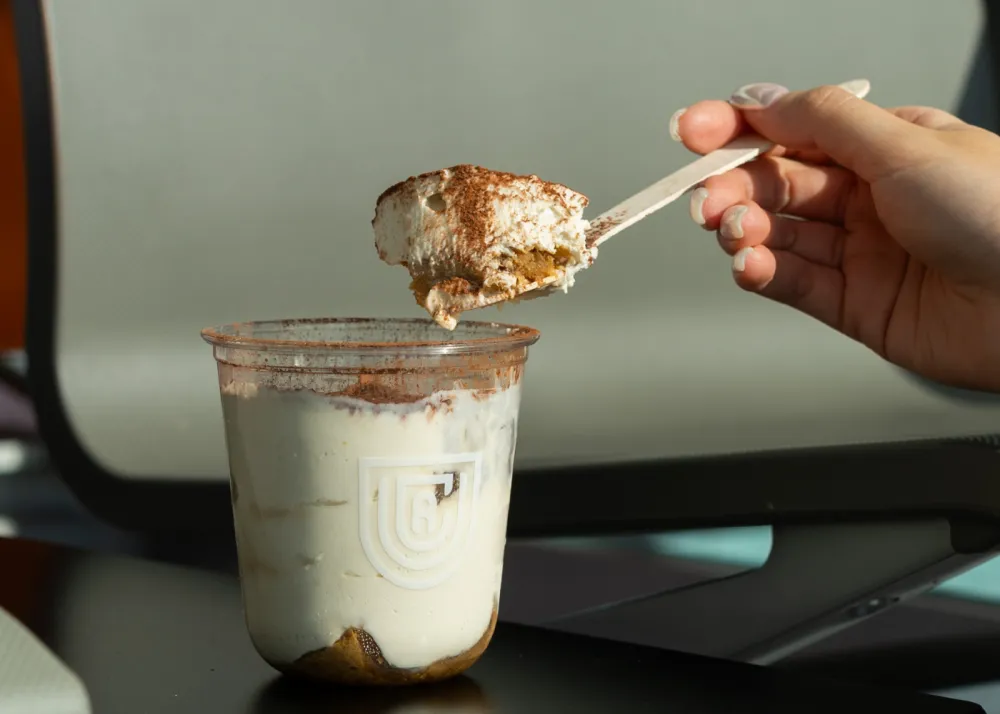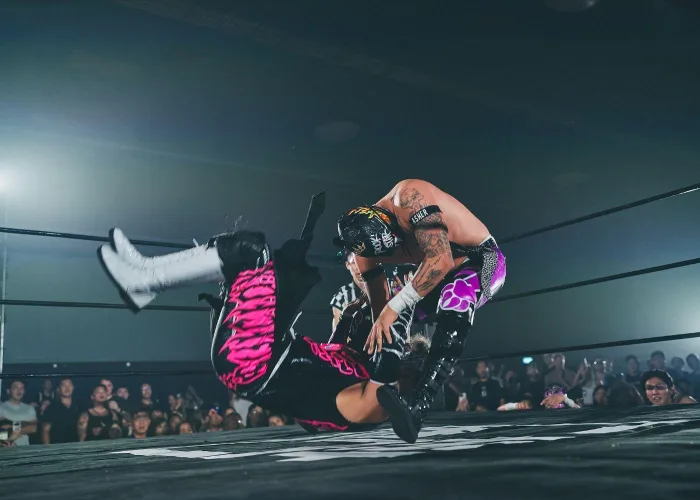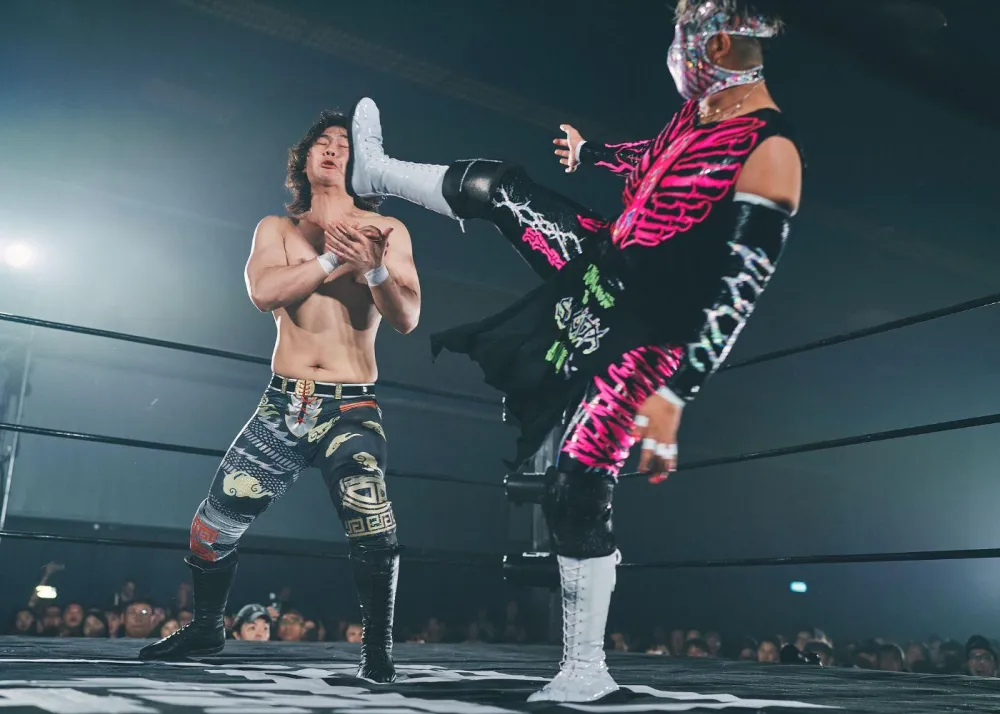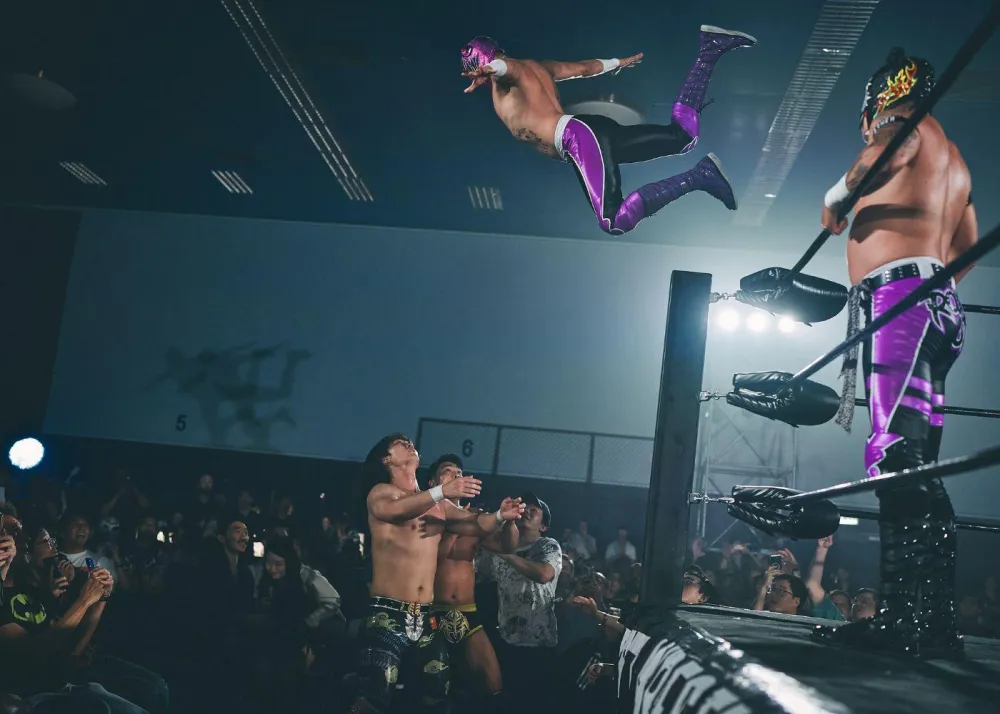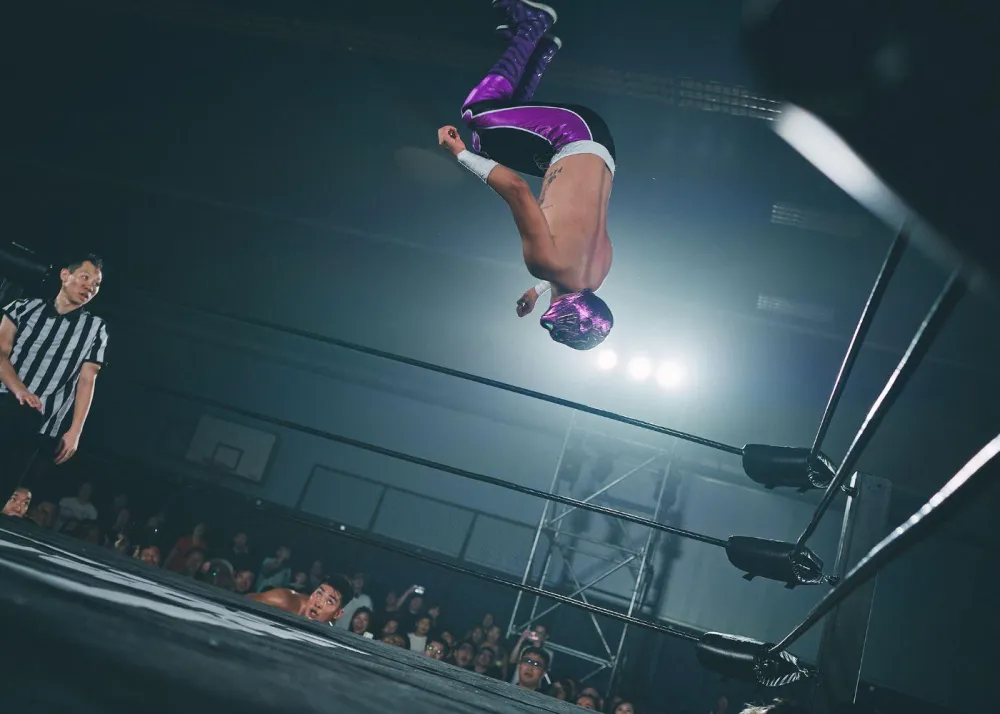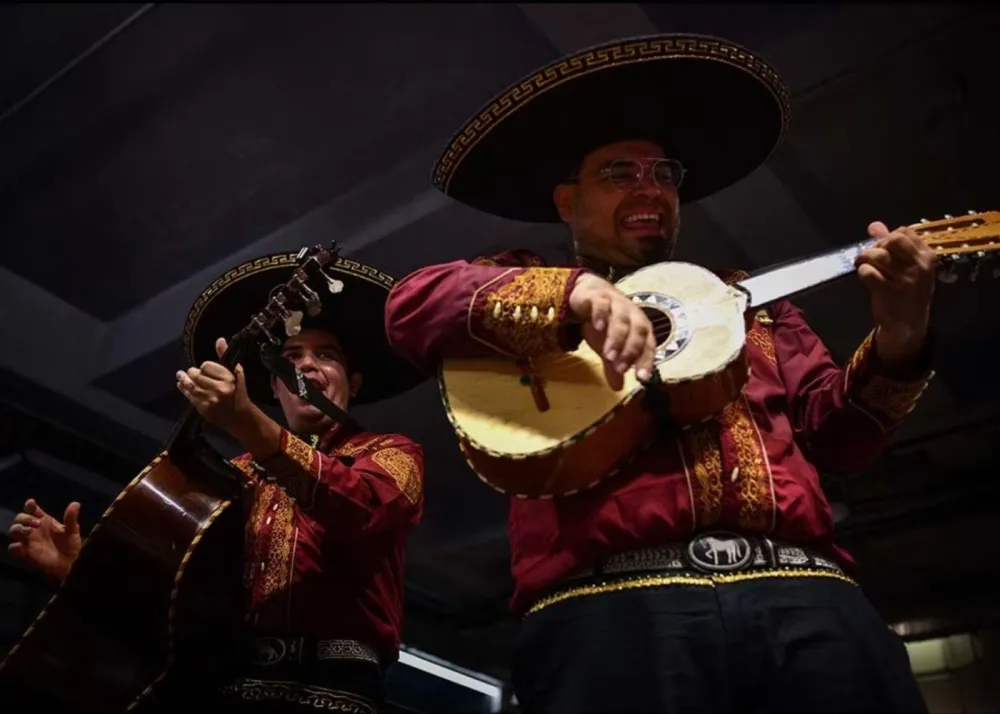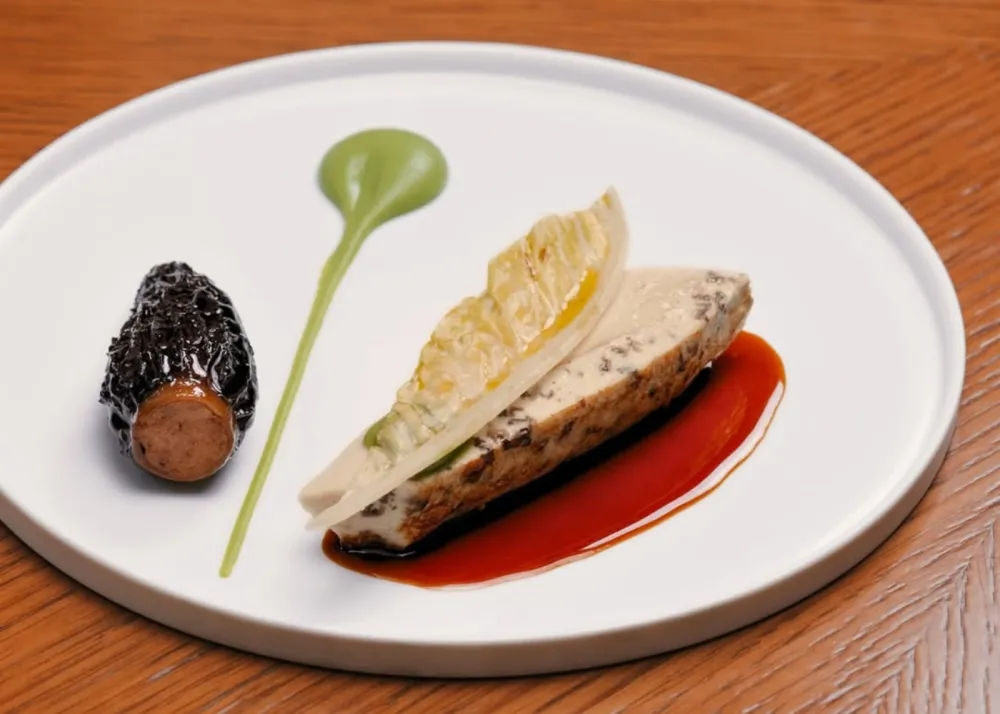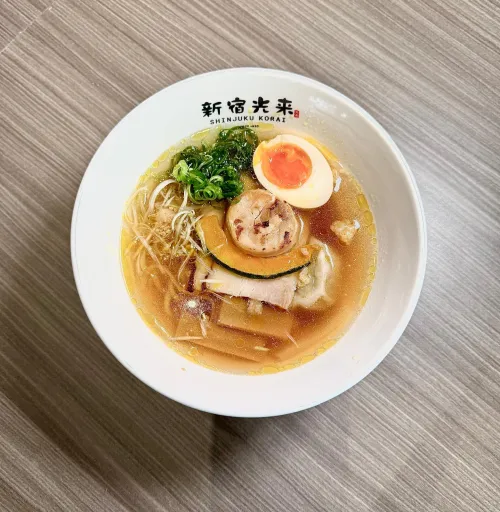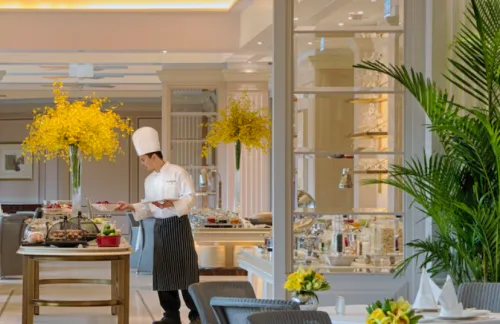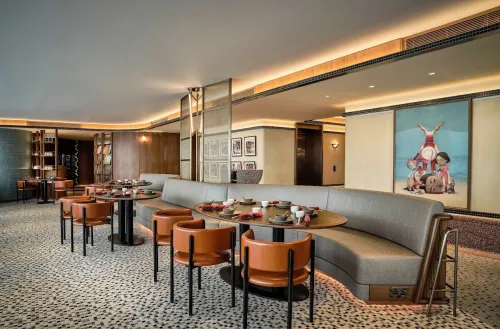The Modern Qipao Store Carrying on Hong Kong’s Nostalgic Tradition

Snuck tight on the ground floor on Wing Lee Street in Sheung Wan’s snaking streets, Yan Shang Kee Qipao has been celebrating the age-old tradition of the qipao since 2017, 70 years after the traditional dress made landfall in Hong Kong.
The qipao (旗袍 kei4 pou2) is a body-hugging dress of Manchu origin, characterized by a high-necked collar and a tight waist with a skirt slit partway up the side and short sleeves revealing the length of one's arm.
Today’s qipao seen at Yan Shang Kee and in Hong Kong’s 1960s film industry hails from the original designs and history of the Republican Period in China of the 1920s and ‘30s. Traditionally worn by Chinese elite and upper-class women living in Shanghai, the qipao represented class and elegance. With the turn of the cultural revolution in 1949, many Shanghainese fled to Hong Kong for freedom, bringing along with them their beloved qipao and the craft and technical knowledge surrounding the dress.
Besides a select few of Christian missionary and secondary schools in Hong Kong mandating a qipao for school uniform, Yan Shang Kee is one of the only lasting vendors that sells the dress in the city, custom-made or off-the-shelf.

Owner Ding has manned the store and every operation and responsibility – secretary, photographer, hair stylist, designer, and cloth manufacturer – since her Wing Lee Street location opened in March of 2017.
Yan Shang Kee provides qipao rentals for 30-minute periods, cheongsam rentals for men and kids, fitting appointments, and a special tailor-made service, beginning at HK$3,800 for a custom-made qipao fit to one's size and shape.
The store is one of fewer than ten places that offer the service of making tailor-made qipao’s for Hong Kongers. A handful of stores have been operating since the 1960s, with some feeling the effects of dwindling interest in the dress; Yan Shang Kee is the newest to open in Hong Kong.
Ding’s inspiration for pursuing a career in custom-made qipao manufacturing came during her studies as a fashion designer in a local vocational school in Hong Kong. Her research of Asian dresses at school, prior to 2017, brought her to Japan to study the kimono and South Korea for the hanbo.
Prior to the COVID-19 pandemic, tourists from Hong Kong and the west would flock to Asia to snap pictures in traditional Japanese and Korean dress. However, the 1960s fashionable qipao and a similar culture of photo shooting in traditional dress is nowhere to be found today in Hong Kong.
“Why,” Ding asked in an interview with The Beat Asia, “does Hong Kong, such a beautiful place, lack the culture that Japan has for appreciation of the kimono?”
A desire to emulate this culture in Hong Kong, and an opportunity to blend her studies and love for the qipao, brought Ding to an opening in a small ground-floor store on Wing Lee Street in Sheung Wan, behind the recently opened Hong Kong News Expo.
Inside her Sheung Wan 550-square-foot studio, Ding mans the desk, answers the phone, draws up designs for dresses, and manages clients. Apart from a sudden shutoff of tourists in February 2020 due to the COVID-19 pandemic, Ding works almost every day 9 AM to 6 PM when demand is high.
“I don’t have time off. If we have appointments, then I open the store and I’m working. If no one comes to the store, I take a day off. I really love qipaos,.” she told The Beat Asia.

Ding opened the store four years ago with the principle of providing a service to Hong Konger women that is rare, and often expensive if found.
“A lot of women [in Hong Kong] have never worn the qipao before. A lot of them think that the qipao is labelled as old school, either very costly, preventing many people paying upwards of HK$10,000 to get a custom made [qipao] or too cheap, not allowing the women to have a real feel,” she mentioned of a common complaint her current customers once brought to her.
Ding felt that her store was filling a vacuum of providing qipaos affordable to those who wanted to experience the culture.
In our interview, Ding laid out the main motivator for continuing her business for over four years: “I want to give Hong Kongers (by providing my services) an opportunity to appreciate local Chinese culture in clothing as an alternative to the Western brands that dominate Hong Kongers pockets. I want locals to come to our store and Western tourists to enjoy Hong Kong culture.”
During the COVID-19 pandemic in Hong Kong, most of Ding’s clients are young females or couples who are unable to leave the country for tourism and seeking a local experience. Recently over the past few months, her client base has morphed into Hong Kongers who are planning to emigrate away from the city and are seeking to create lasting memories with their friends and family wearing traditional Chinese dress.

Yan Shang Kee matches perfectly with Wing Lee Street’s décor and façade. The street’s once-ragged nature of overhanging AC units, laundry, and drying fruit has been renovated with a beige- painted face and green- tinted windowsills effortlessly preserving the 1960’s original appearance of the block of buildings.
Stepping inside Yan Shang Kee reveals a history supported for over 100 years in Hong Kong and a tradition that is very rare today. The store is soft lit, with vintage 1960s and ‘70s movie posters, jewelry, clothing, and qipaos hung up on high walls. Ding’s design studio is placed at the back of the store, away from prying eyes. Four racks hold upwards of 100 qipaos in different sizes available for hourly rental.
The colors and patterns are magnificent and light up the store. A pink and white qipao with bauhinia flowers. Lucious red and white roses against a black qipao. A plain sleek gray, like Maggie Cheung's in “In the Mood for Love.”
Daily photoshoots for qipao rentals are shot in the backdrop of Yan Shang Kee’s green-flush exterior, with the bright beige and gray background working to make the qipao colors pop.
A 30-minute rental of a qipao, including hairstyle design, handbag and accessories, is HK$420. Hiring a photographer comes at an additional cost, with Yan Shang Kee holding a wealth of contacts, or “Yan Shang Kee friends”, to book a shoot.

A custom-made qipao tailored to the individual's size and shape begins at HK$3,800, depending on the specific fabric base. Fittings and confirming the fabric and design for each custom-made qipao takes 30 mins, with consideration for length of the qipao and sleeves, added embroidery, and functions.Half of a deposit on the day of the fitting measurement is taken from the customer and the remaining balance is charged once the product is completed. Each qipao takes two to three months to complete, with a one-time modification down to trim the qipao to individual length.
Their website reads “[a] qipao is a fitted custom that reveals the beauty of a woman's curve.” Yan Shung Kee effortlessly presents the qipao as affordable and a modern service to Hong Kongers today, an “experience of revisiting the nostalgia of early Hong Kong.”
Opening time of Yan Shang Kee Qipao Store is from 9 AM to 6 PM with no regular day-offs. Their Facebook page releases latest updates for the store and timings for booked slots and closures.
Subscribe to The Beat's newsletter to receive compelling, curated content straight to your inbox! You can also create an account with us for free to start bookmarking articles for later reading.



